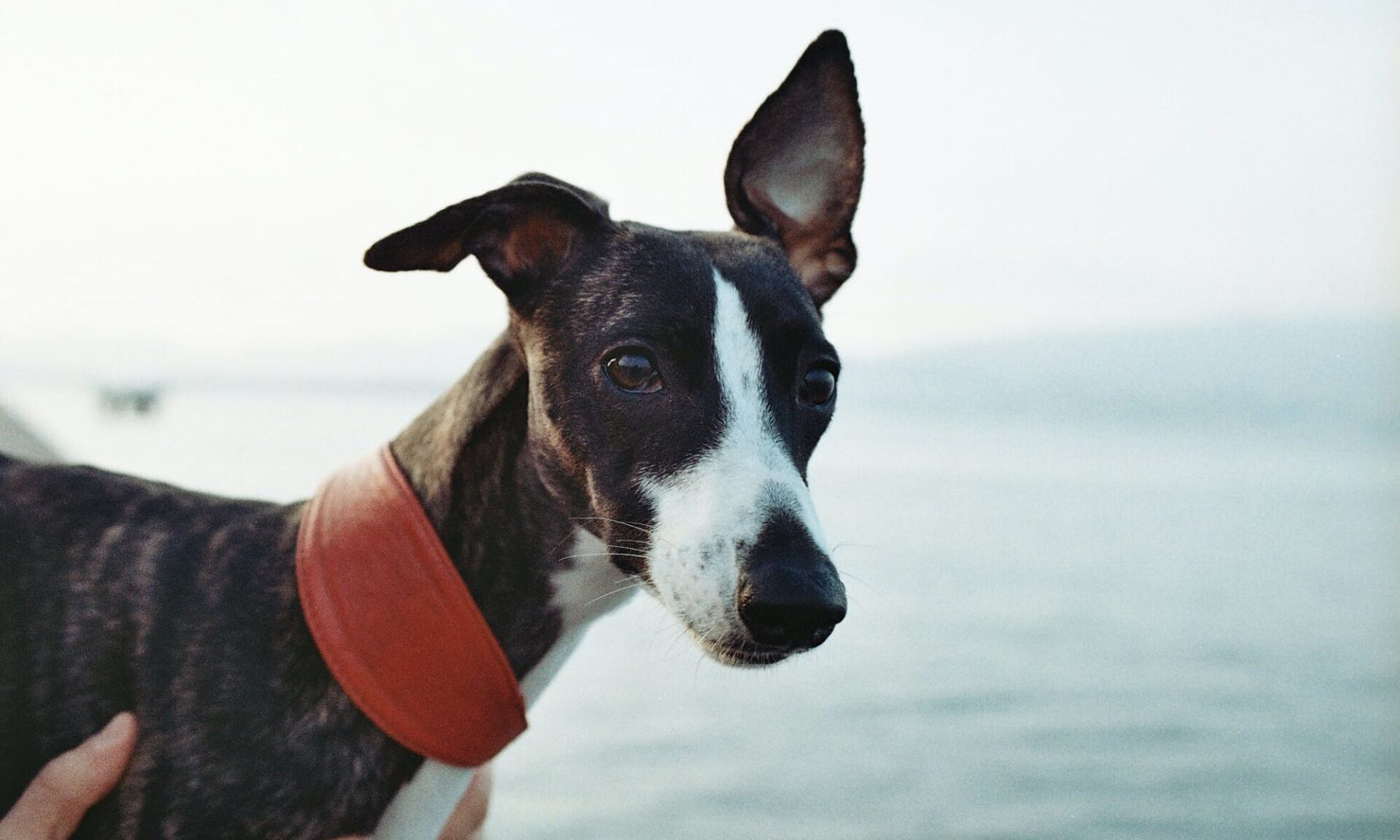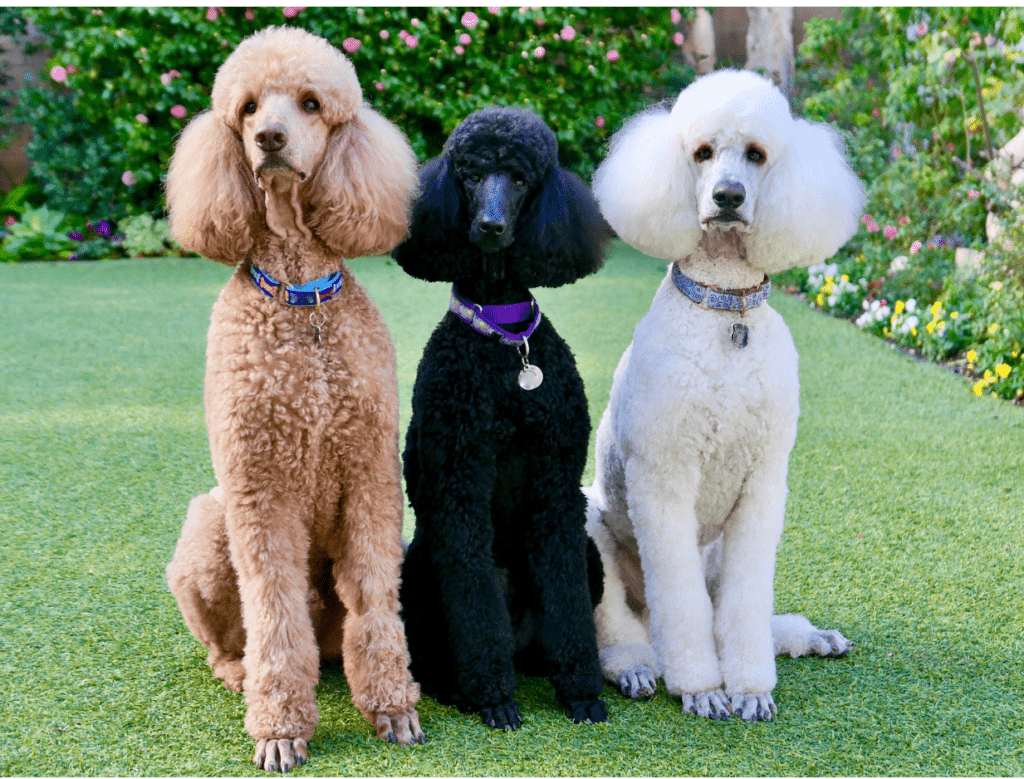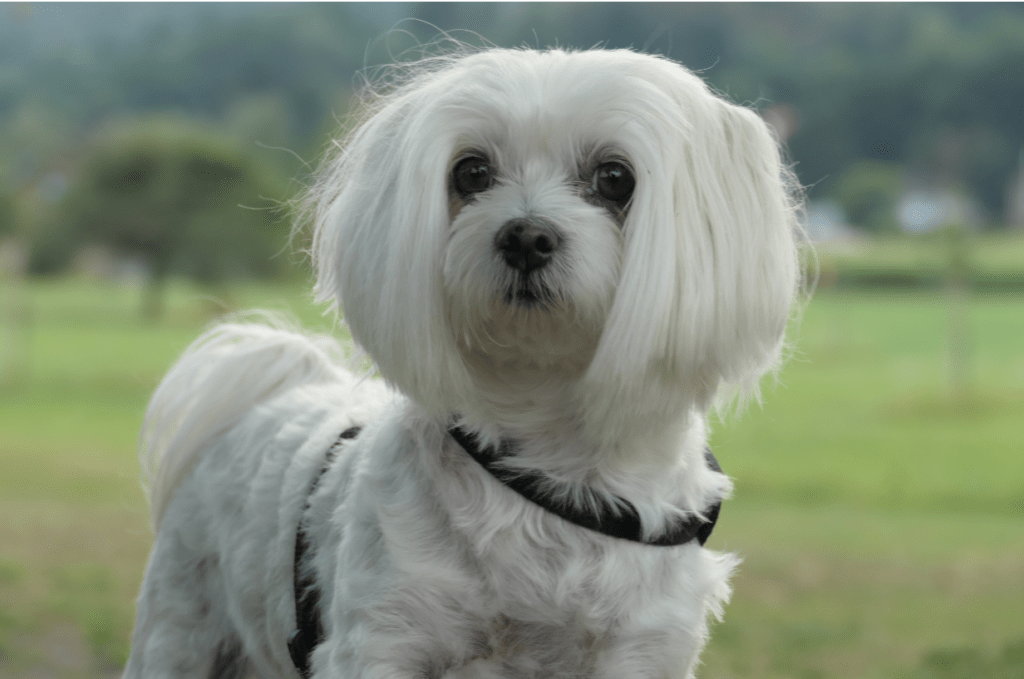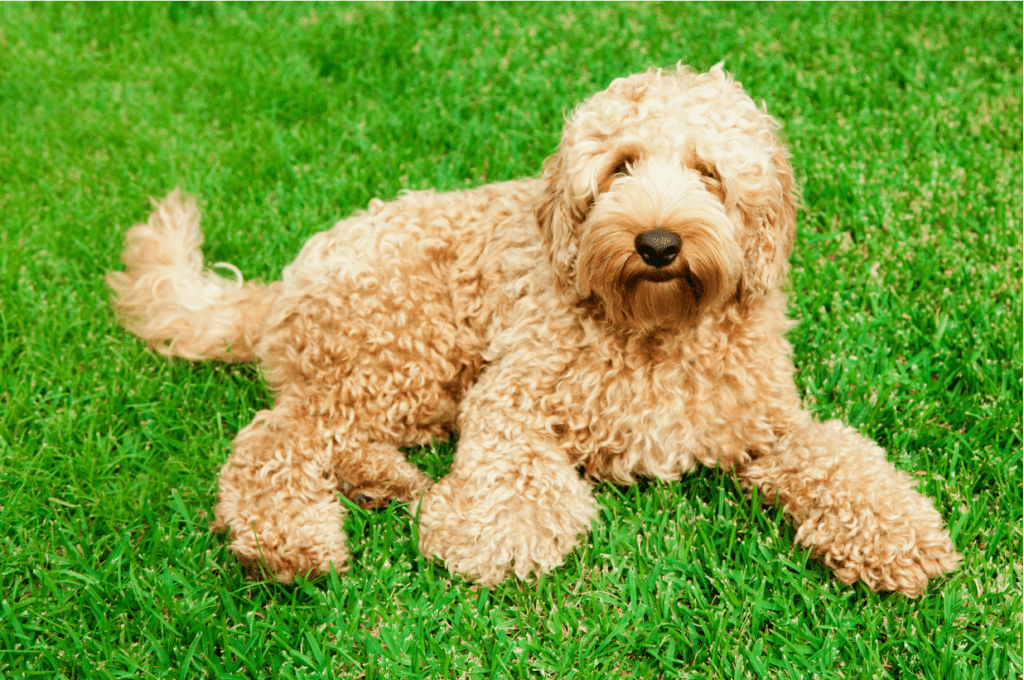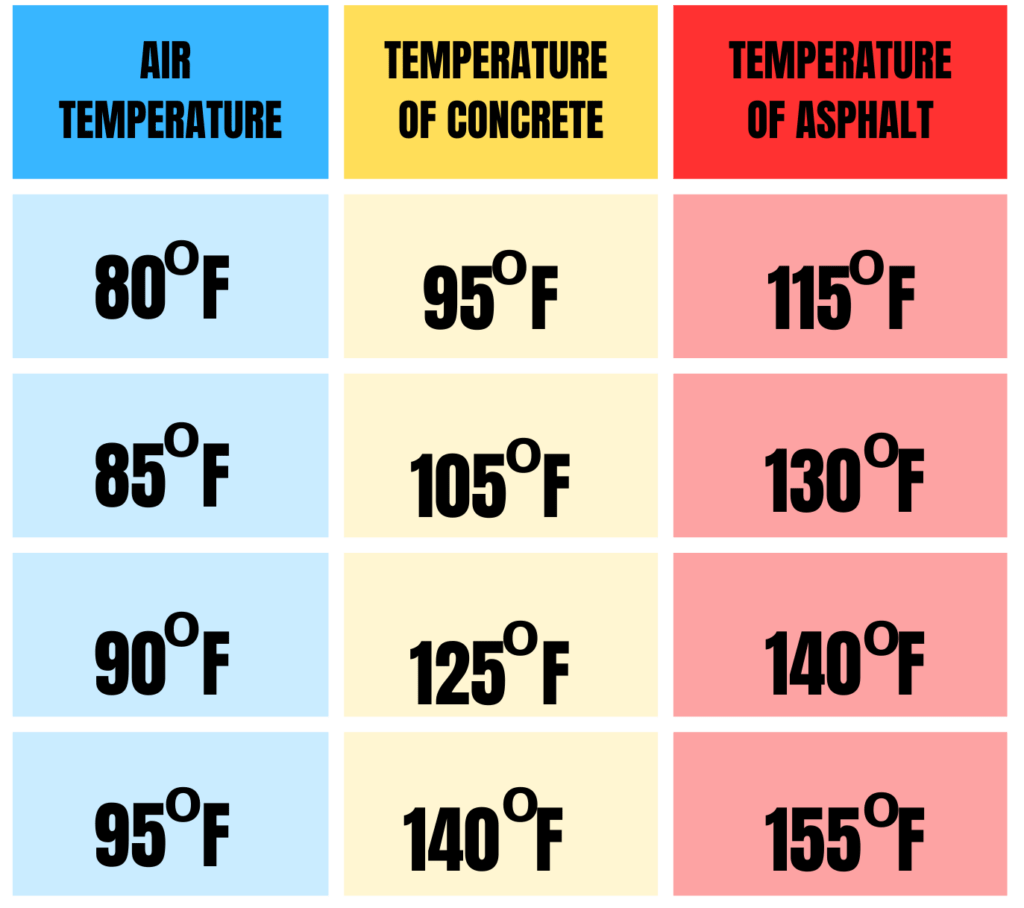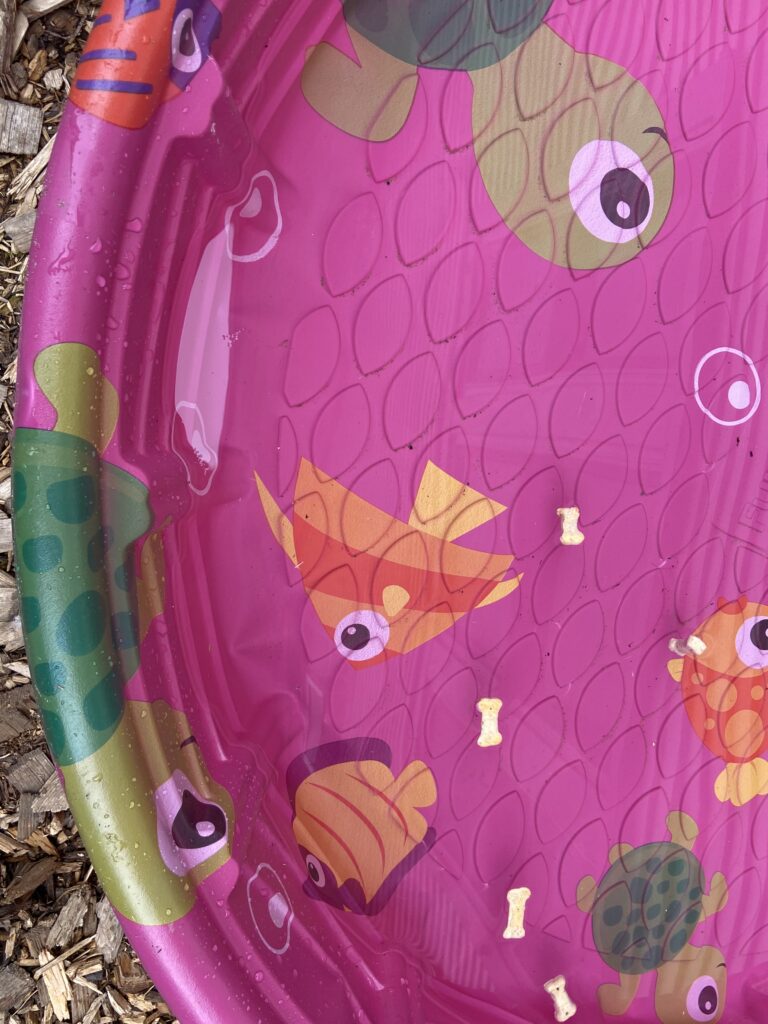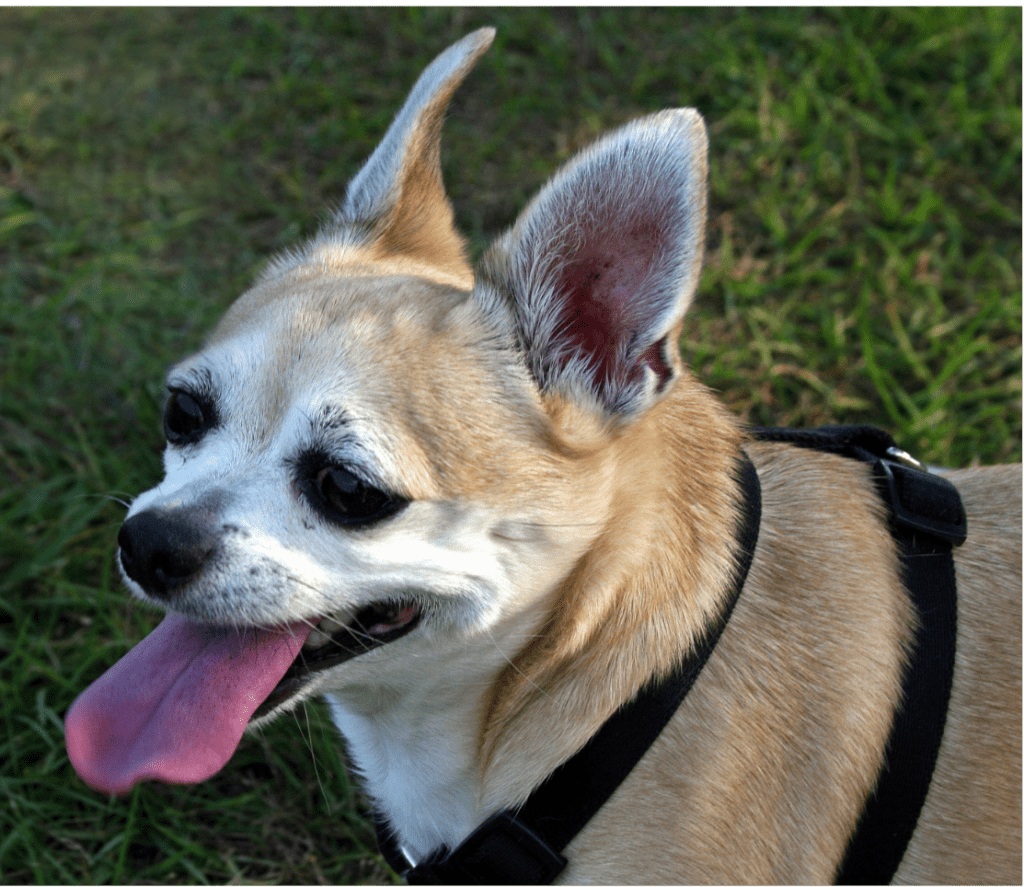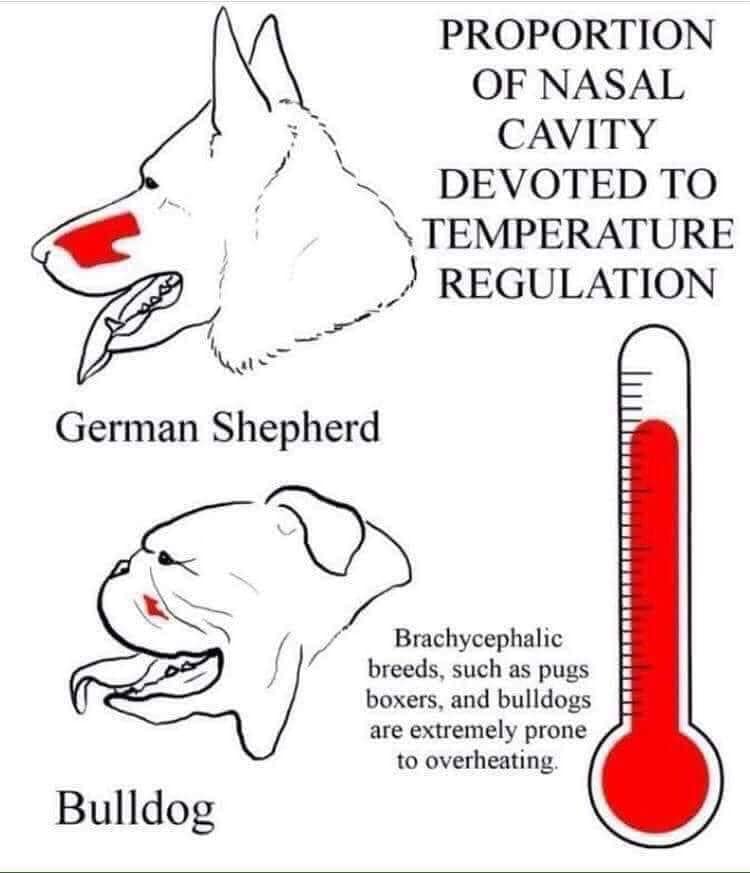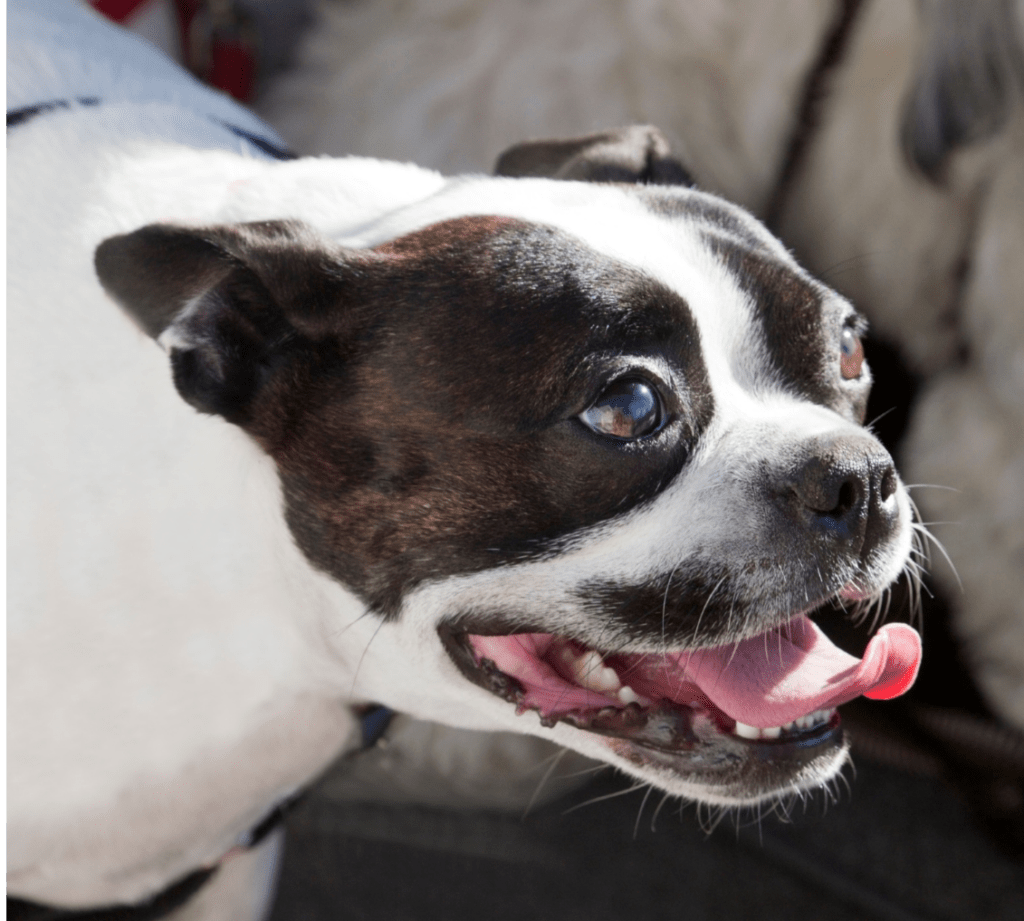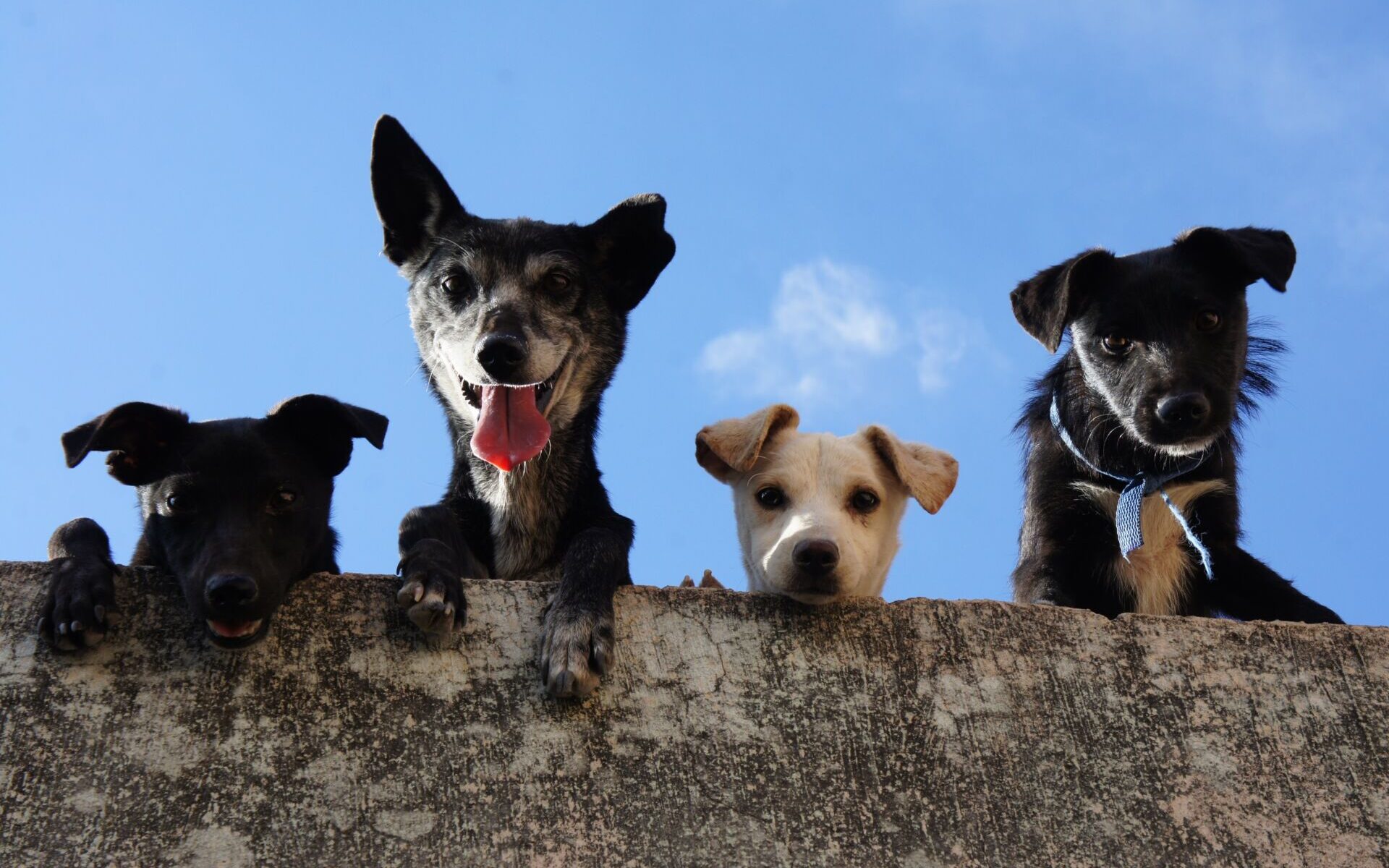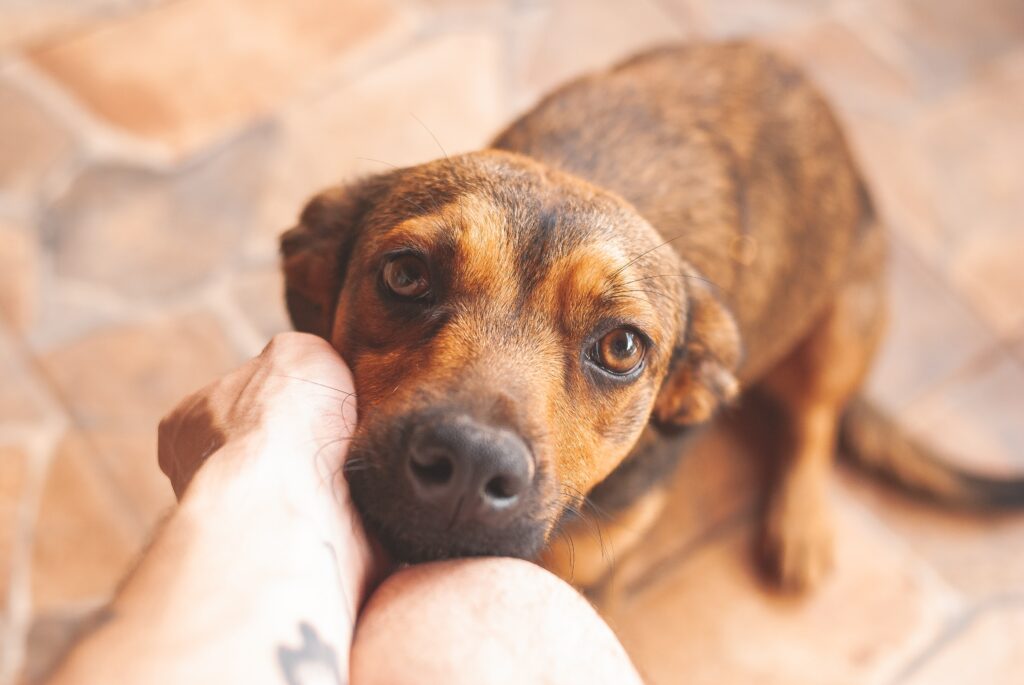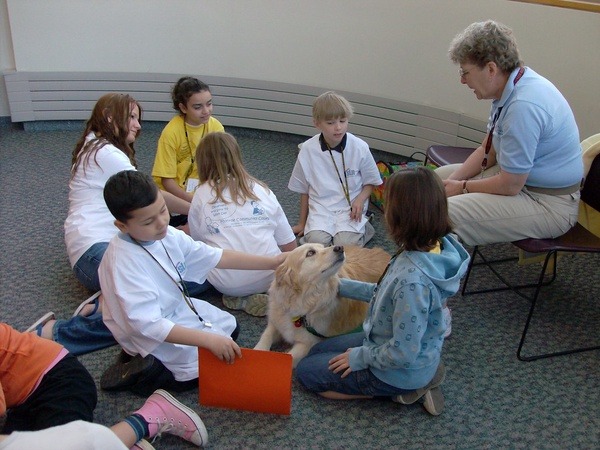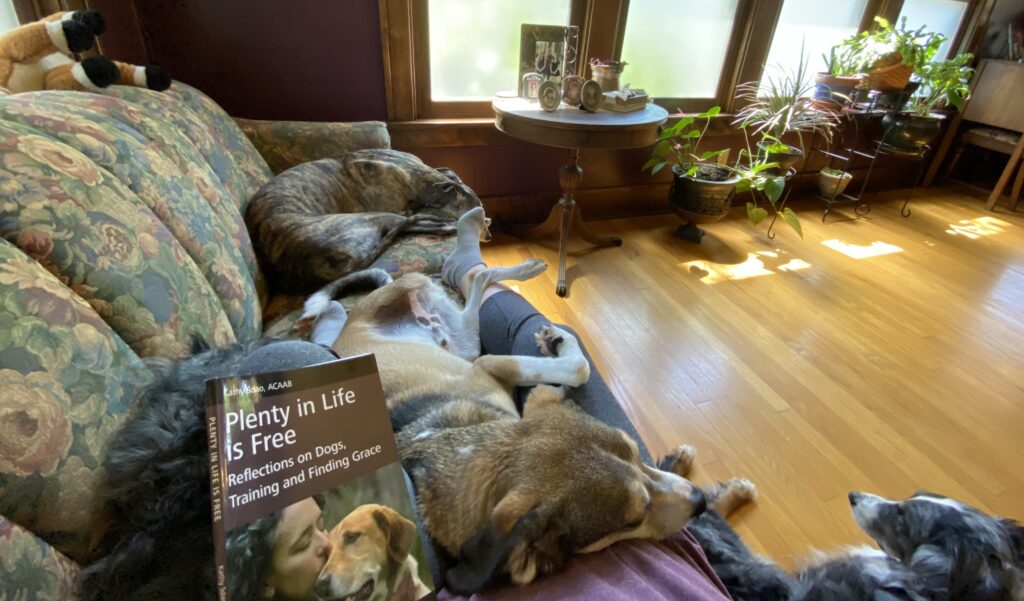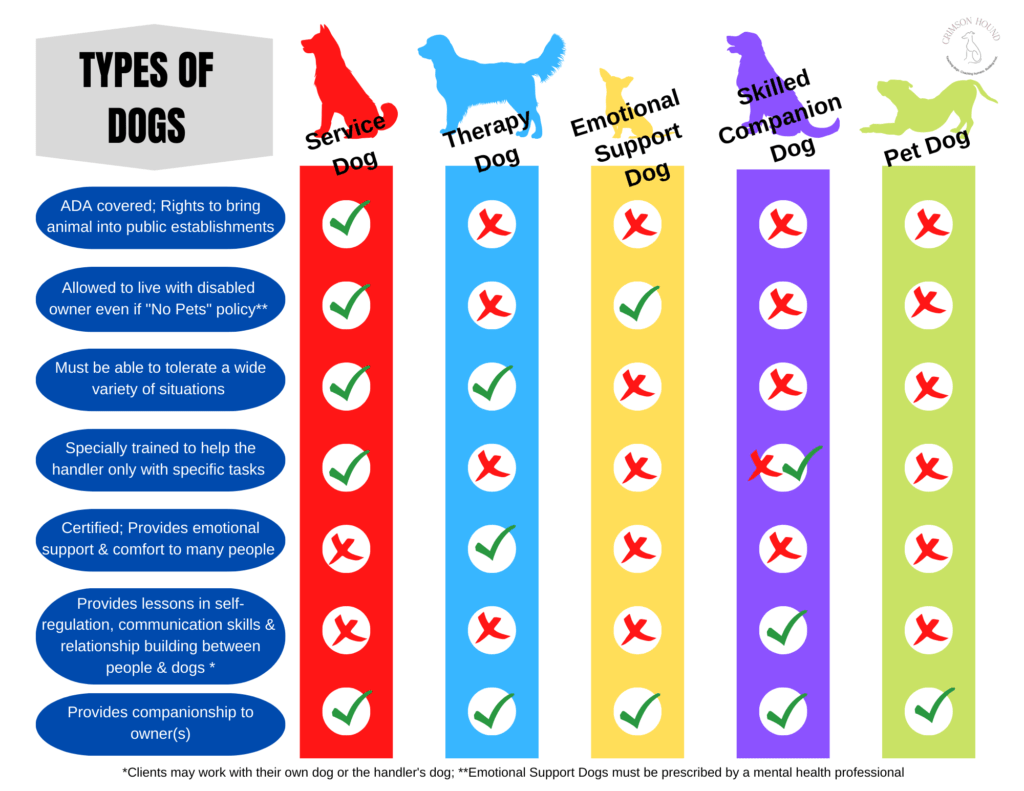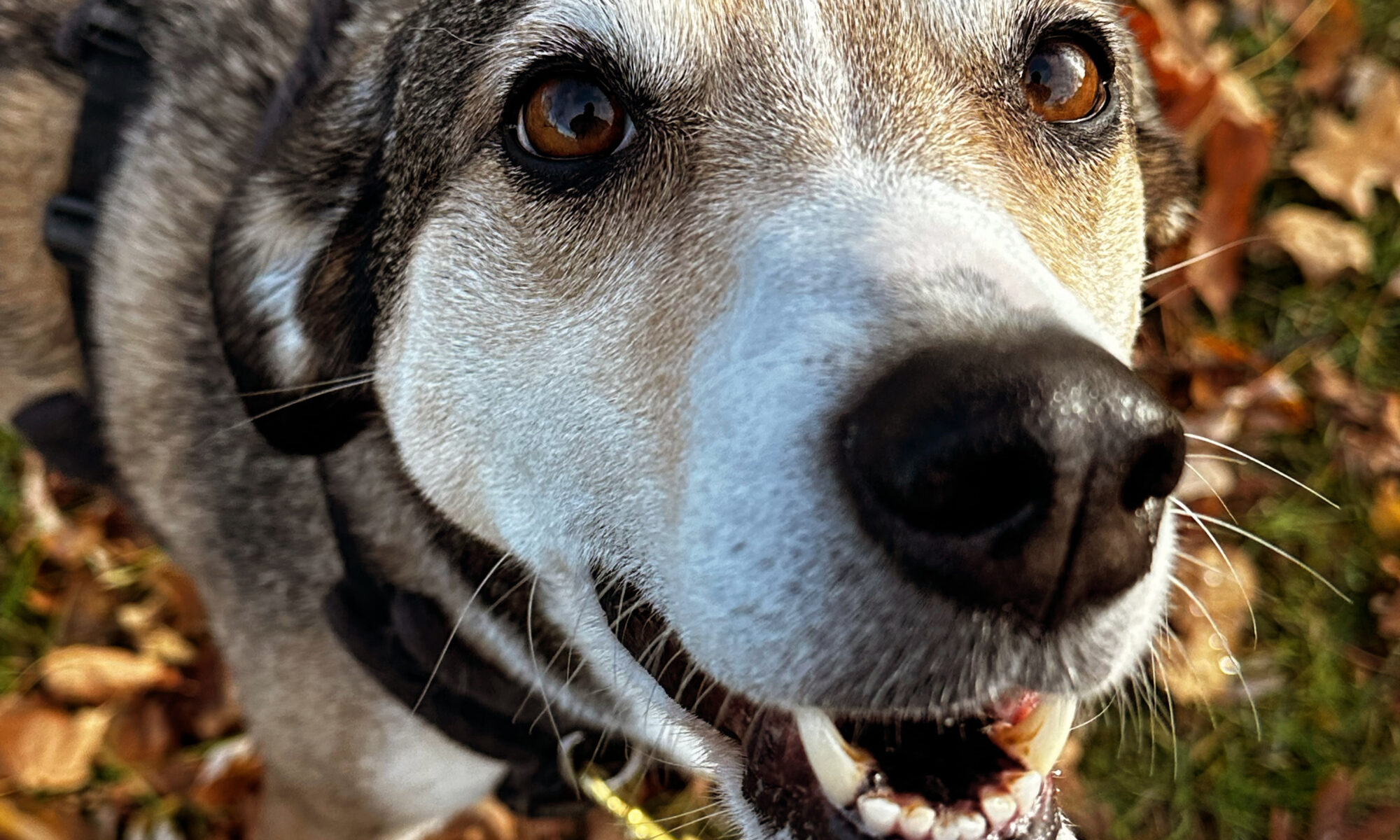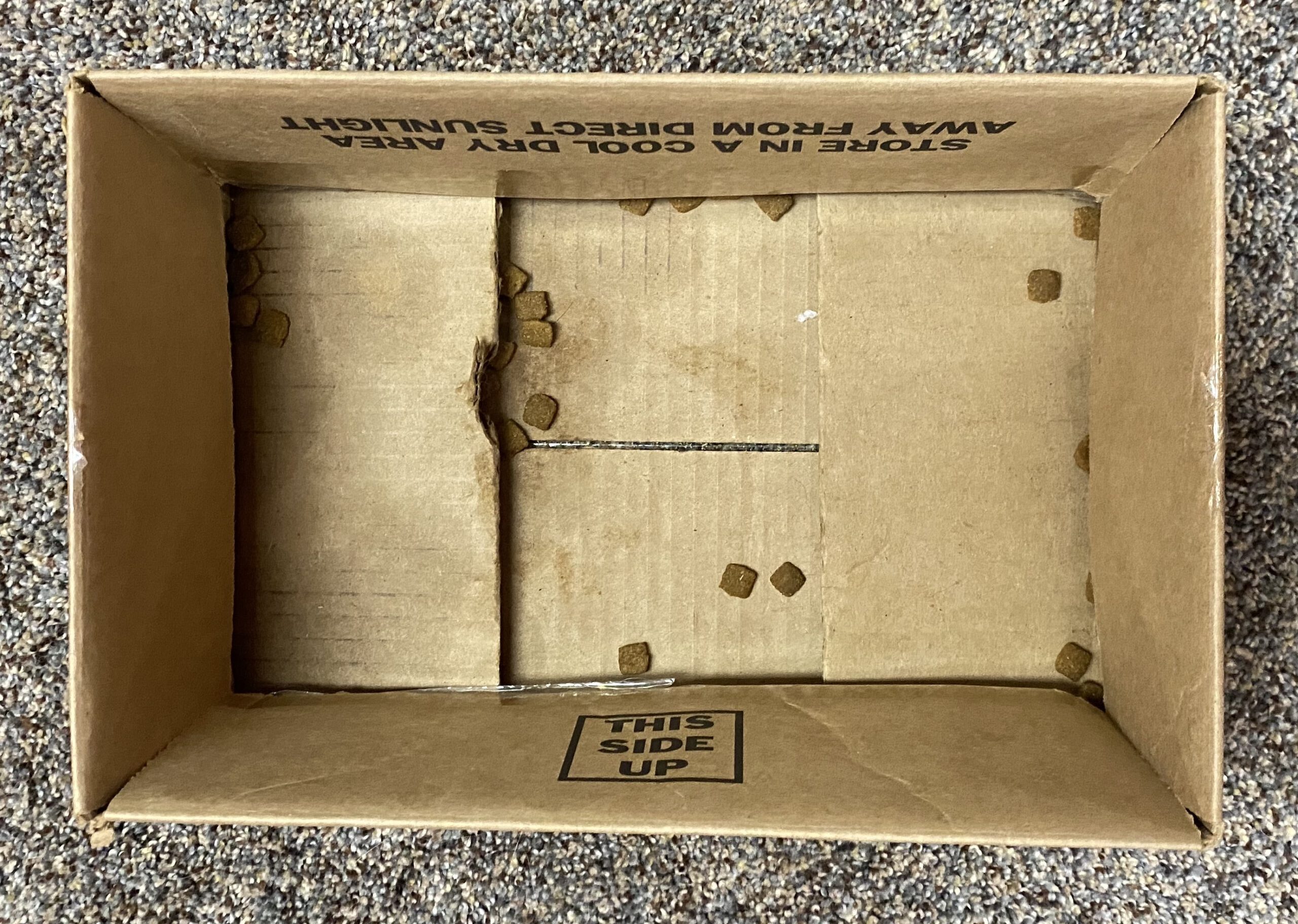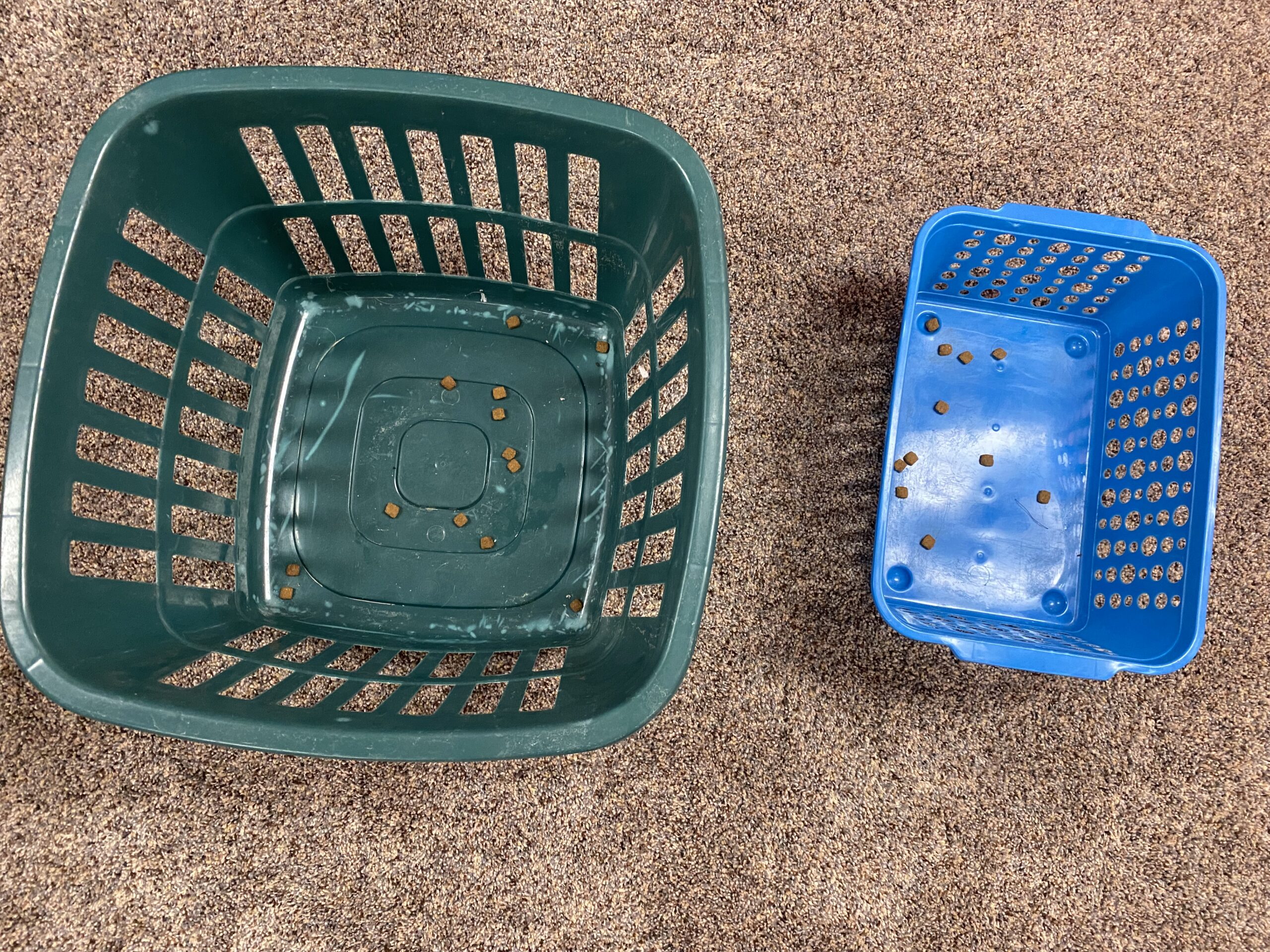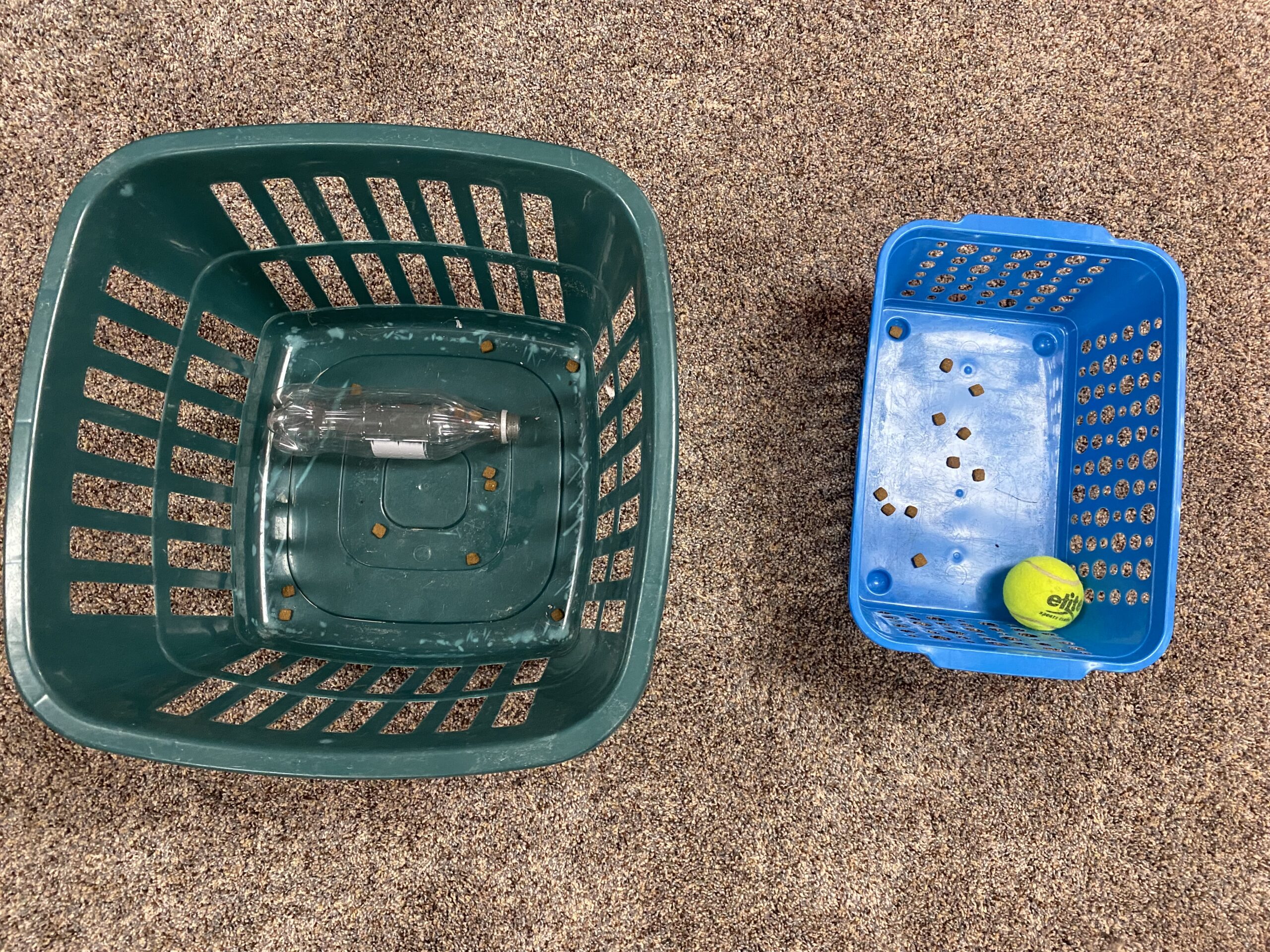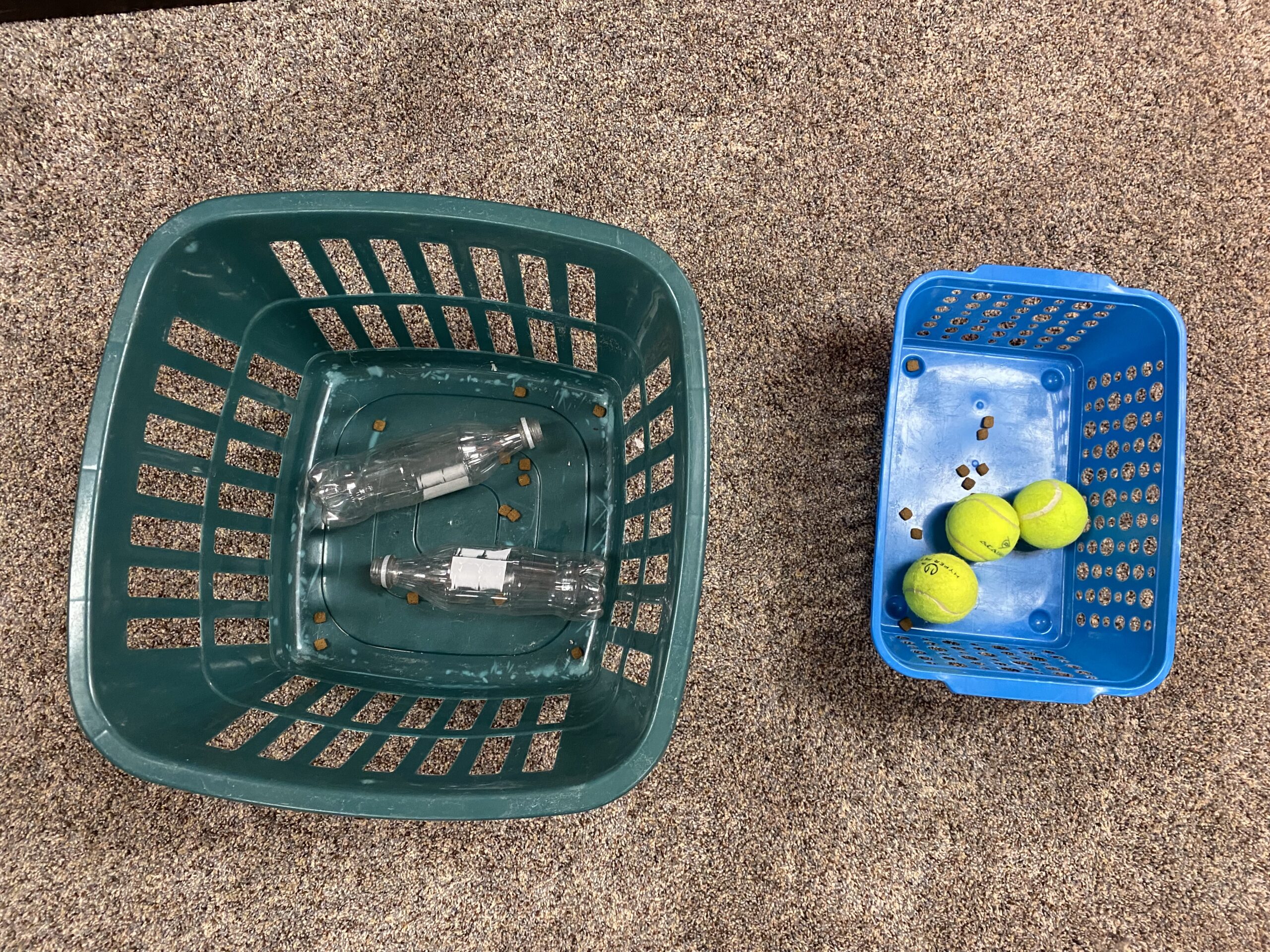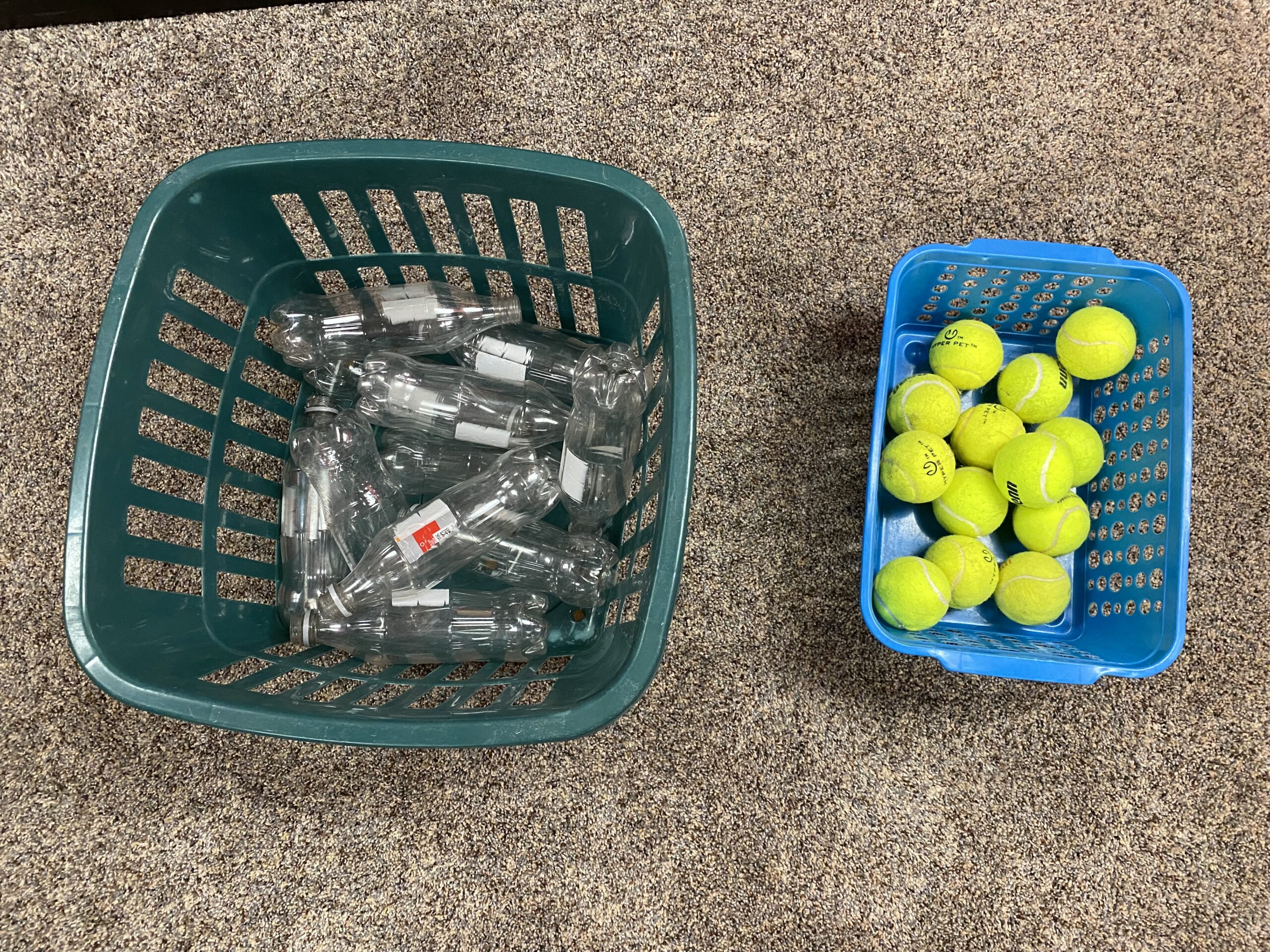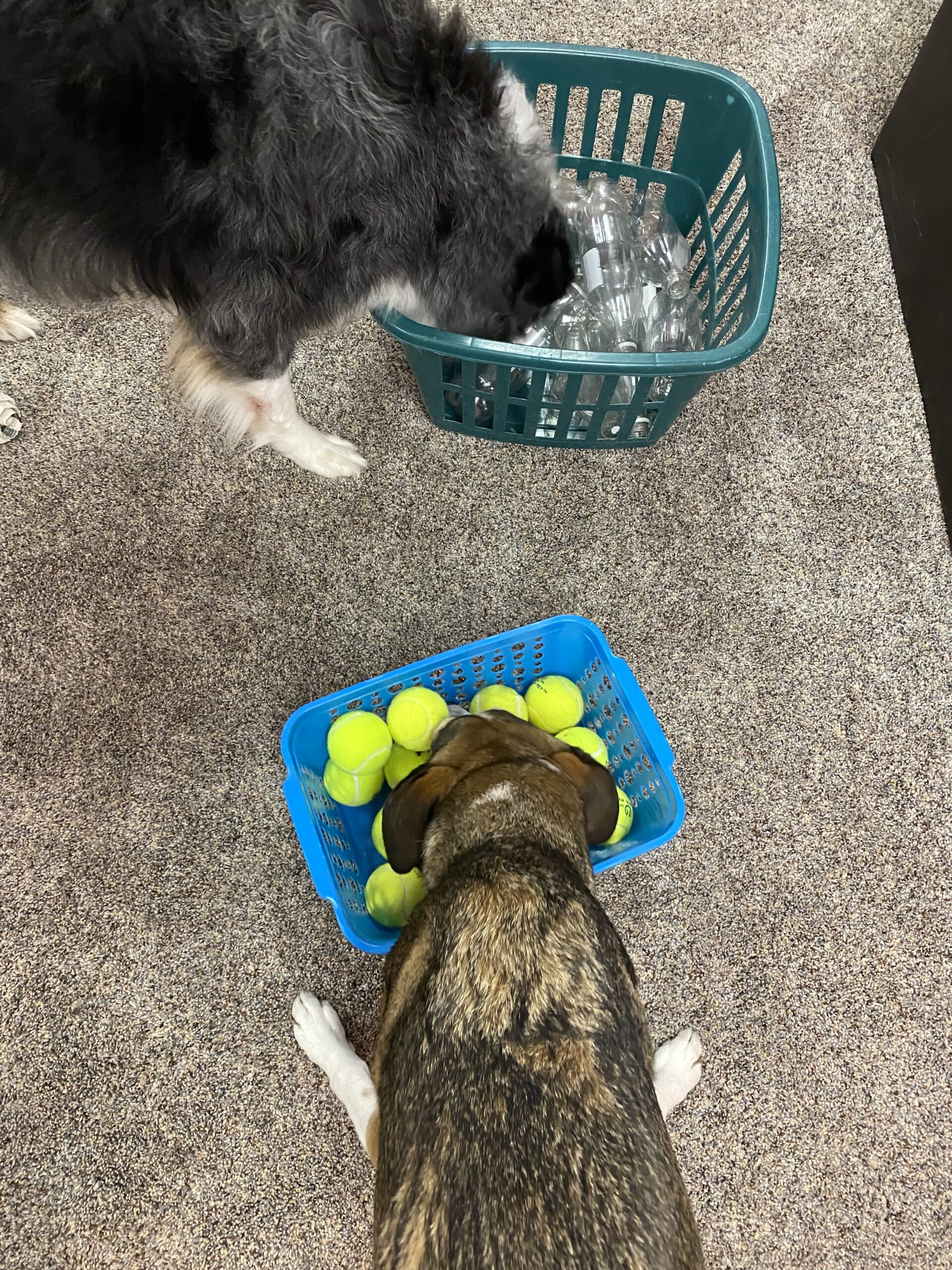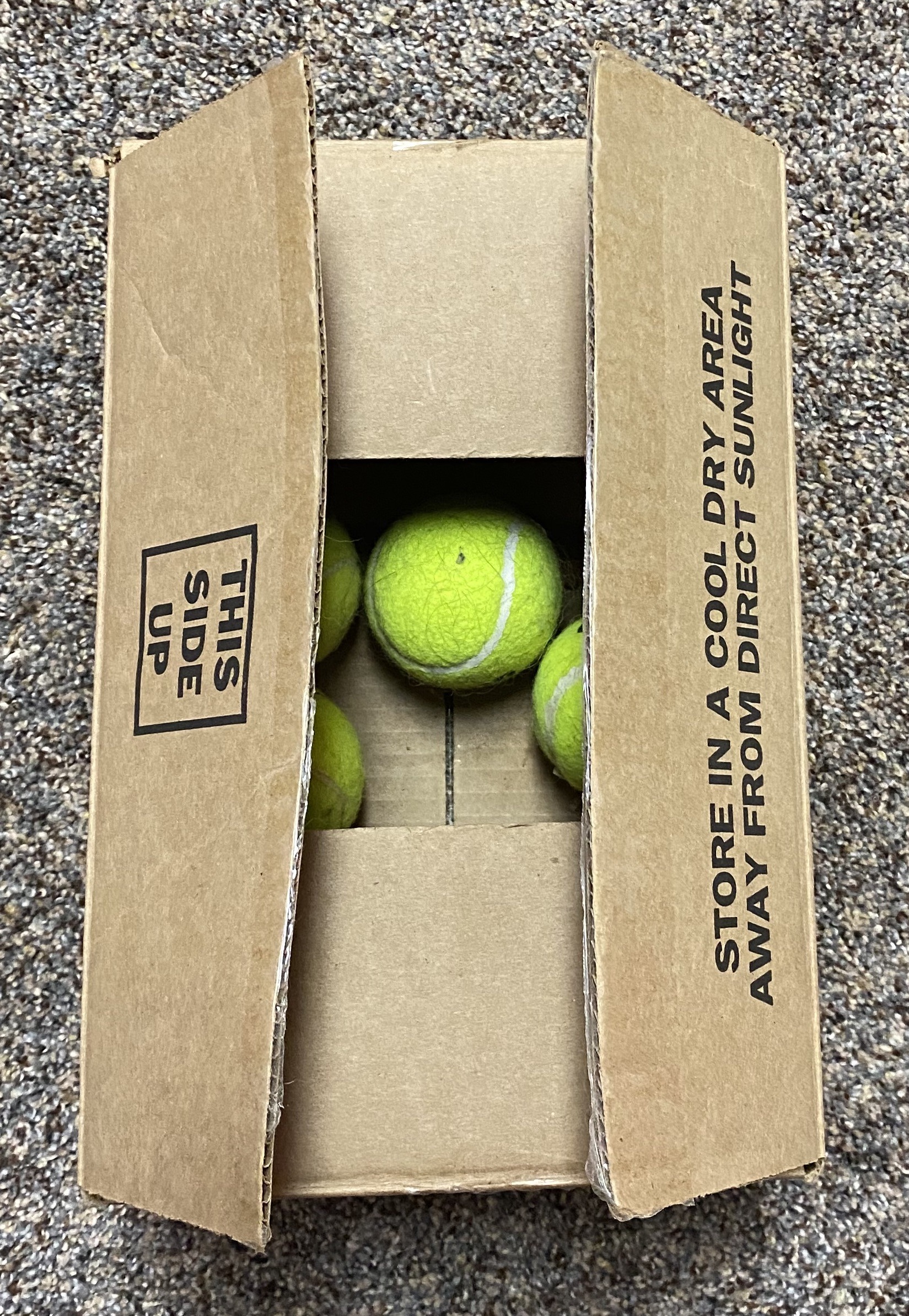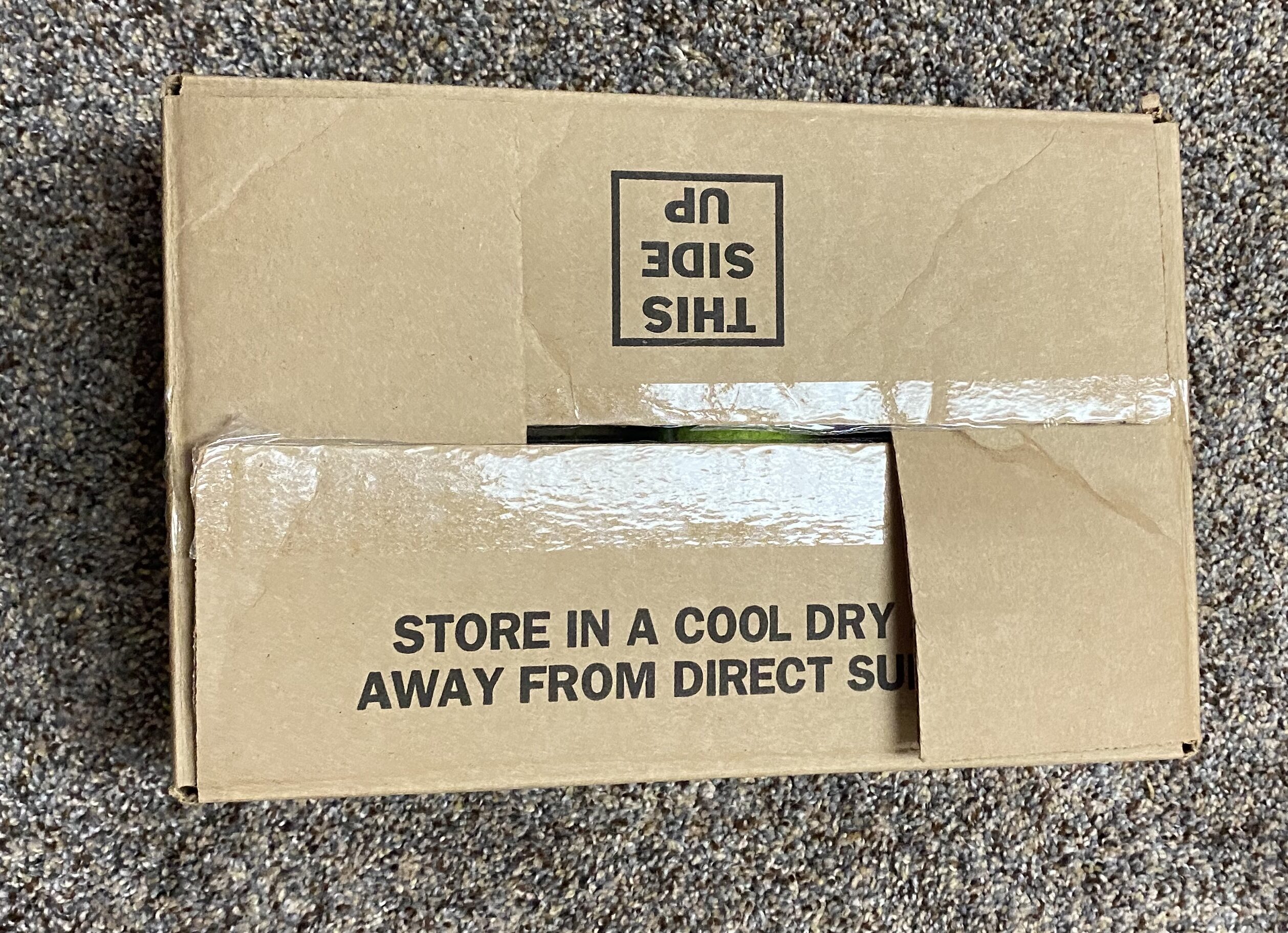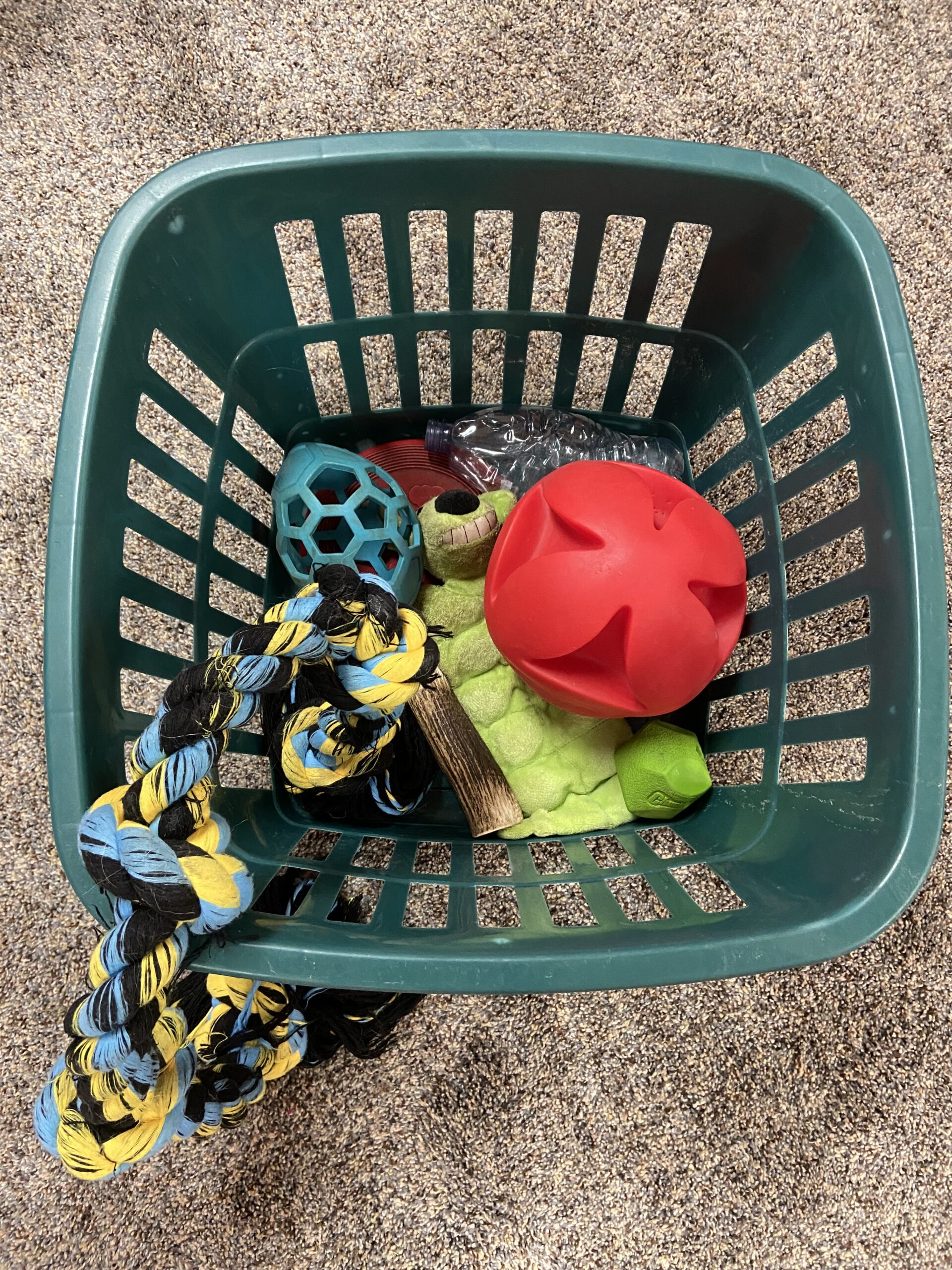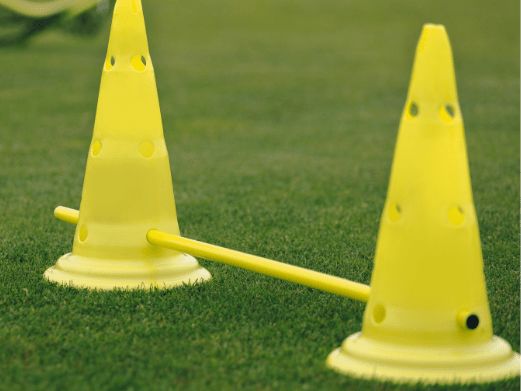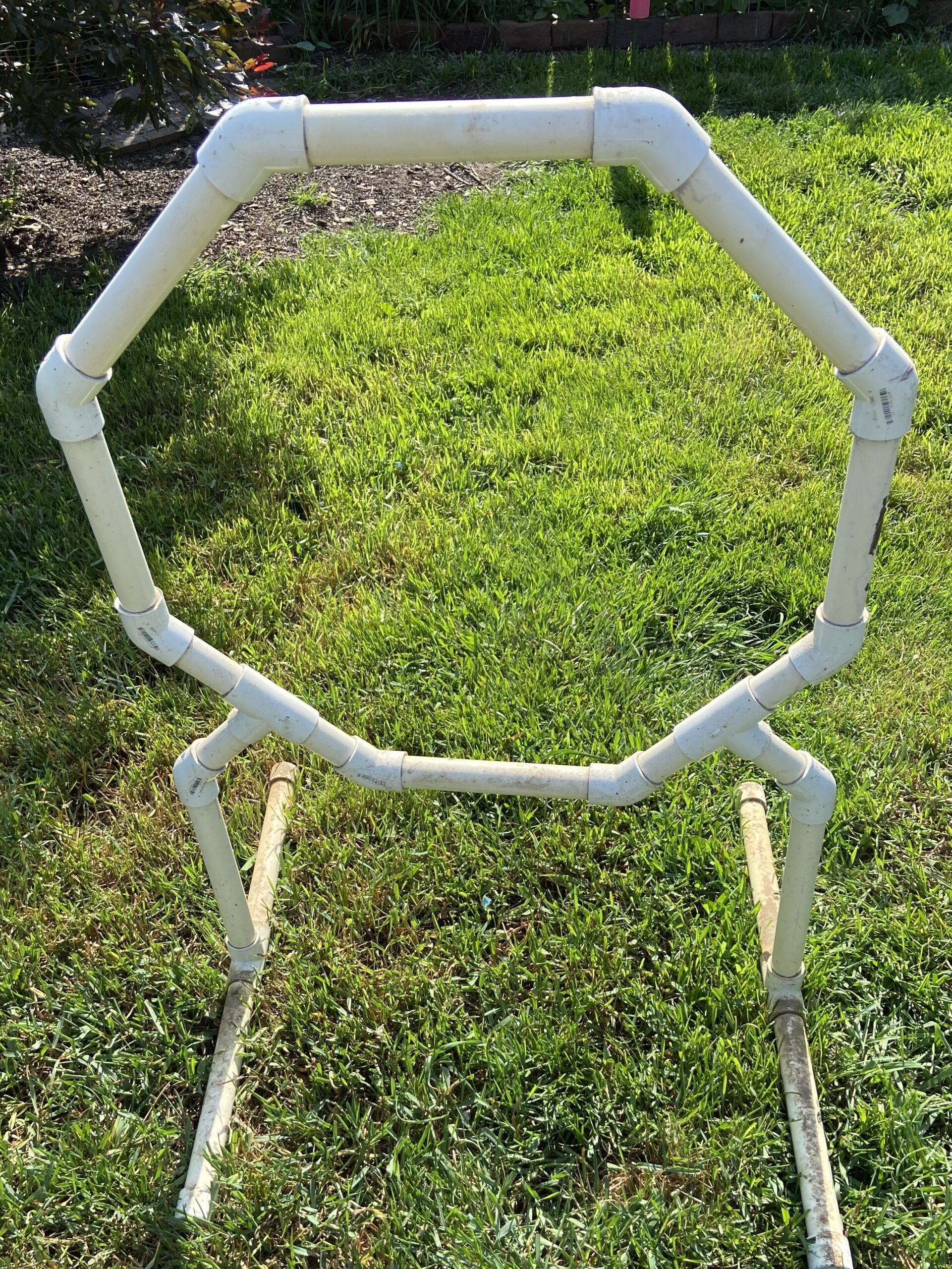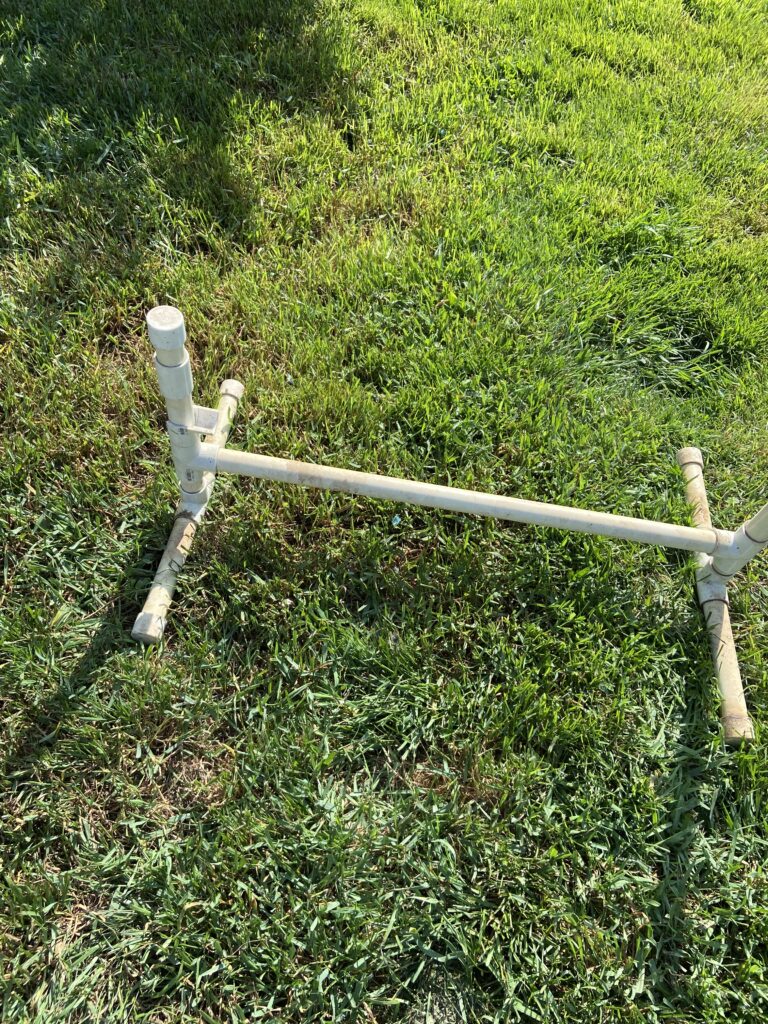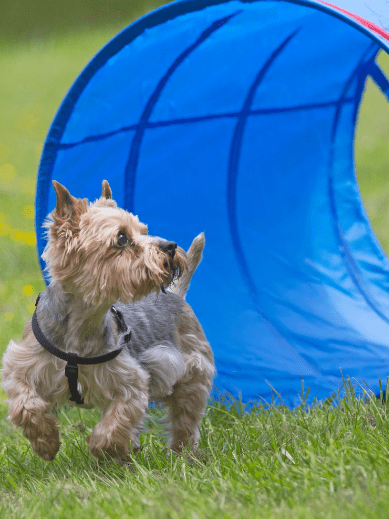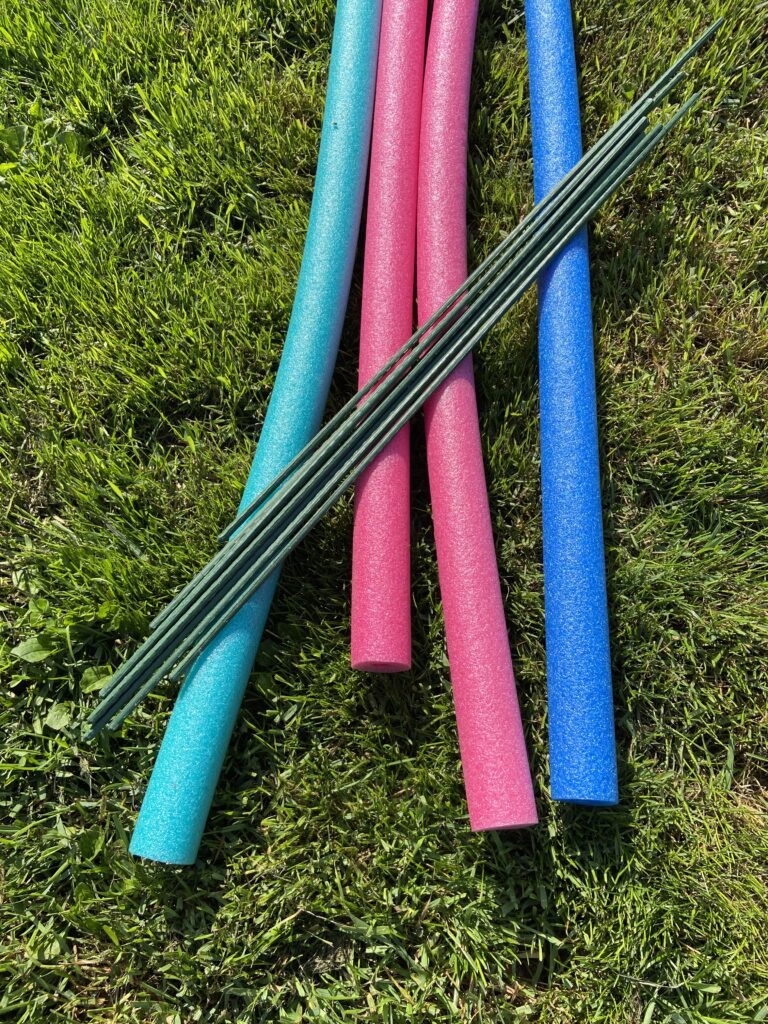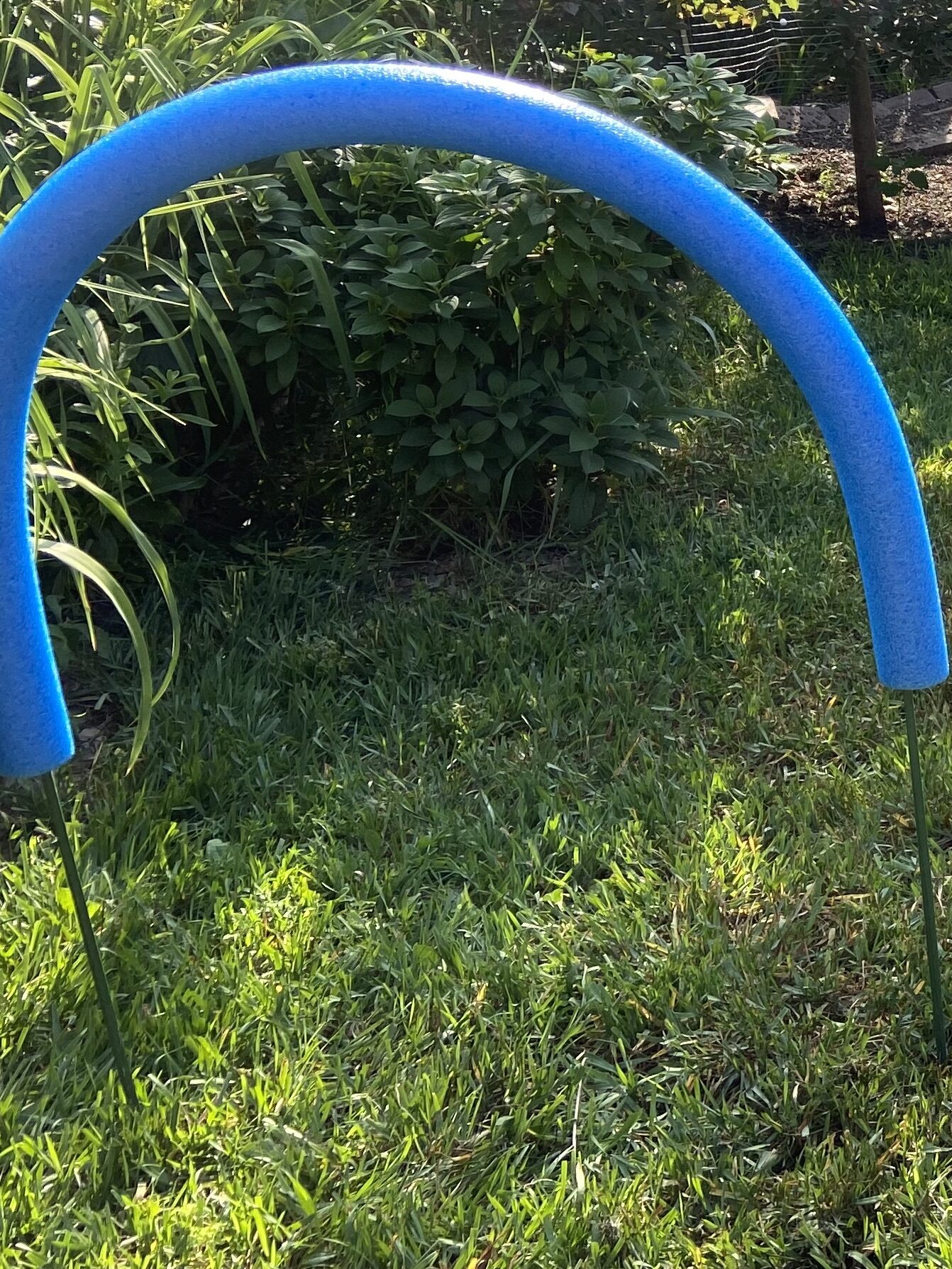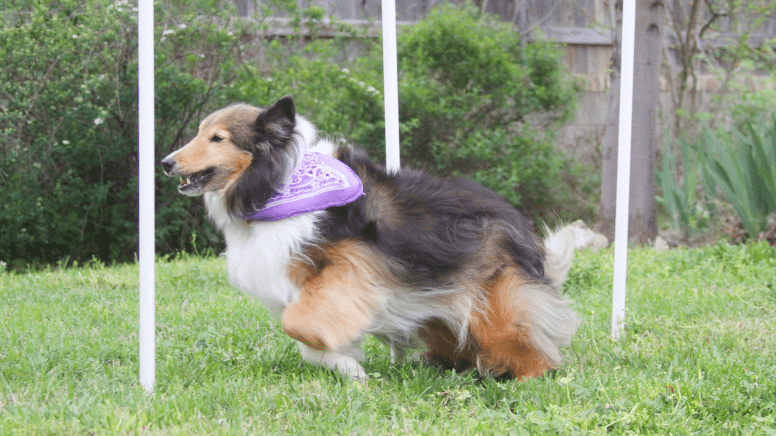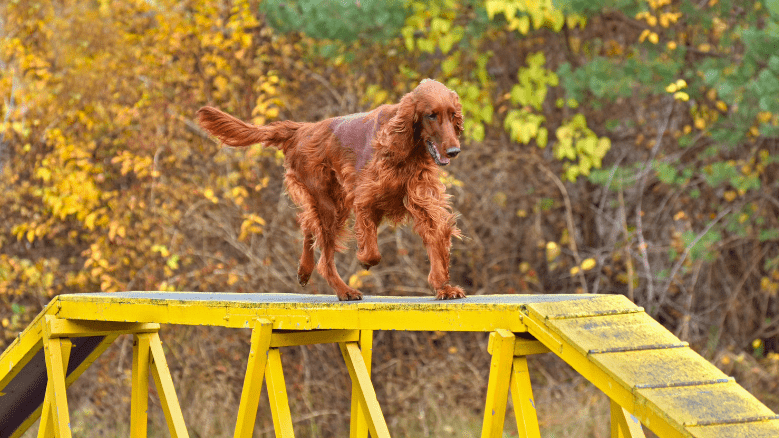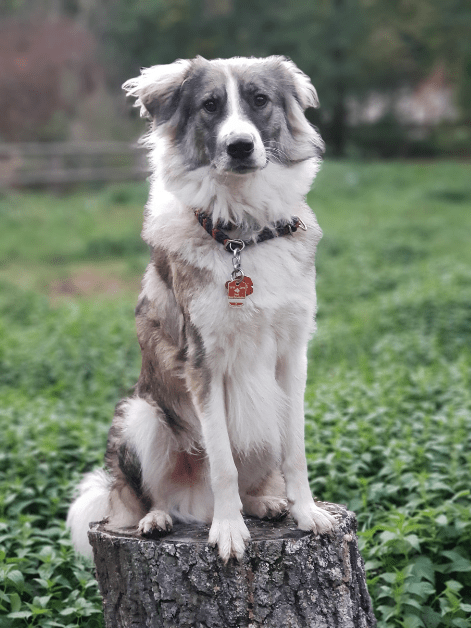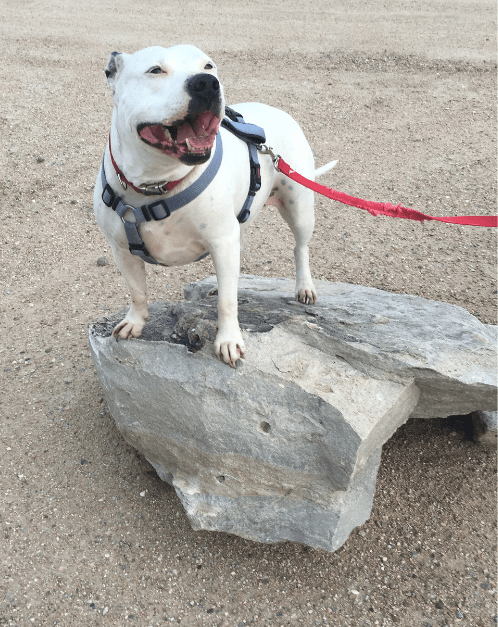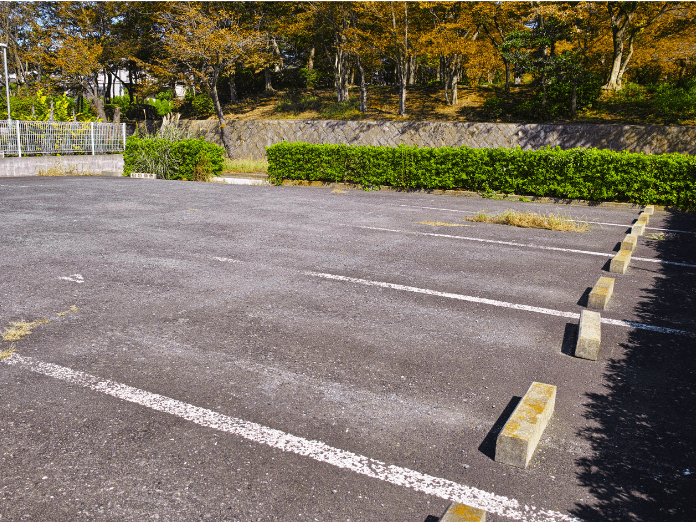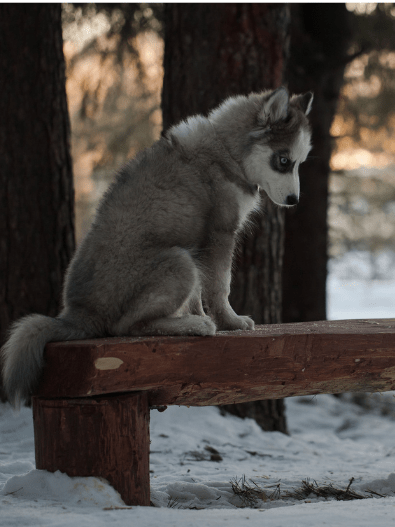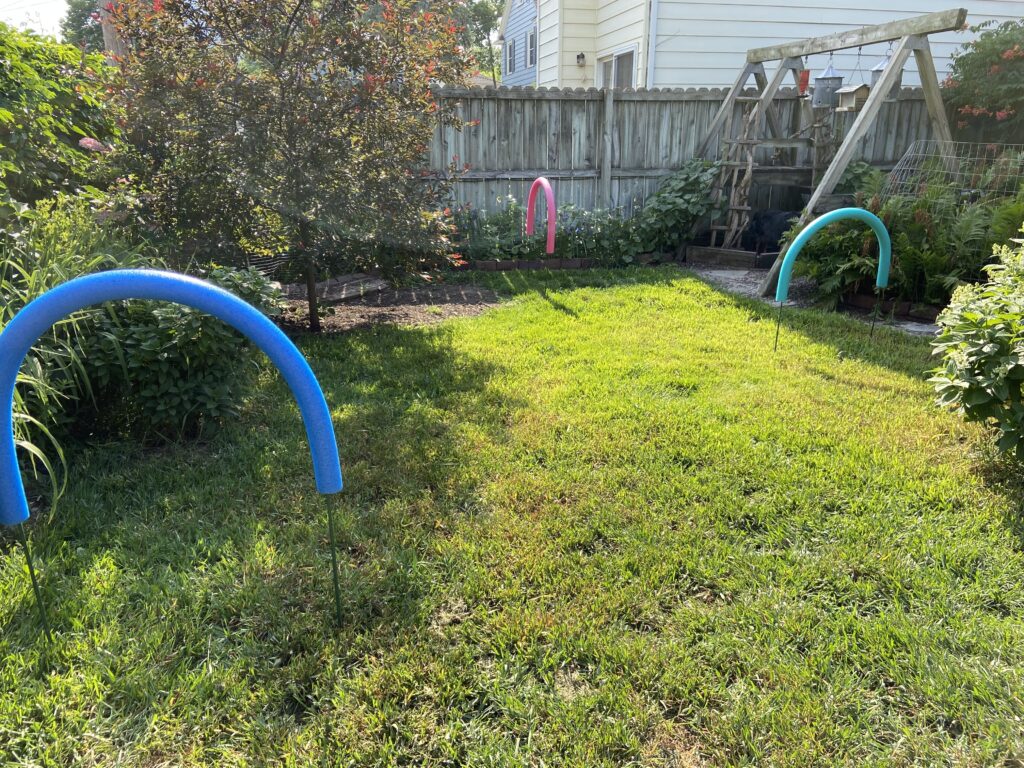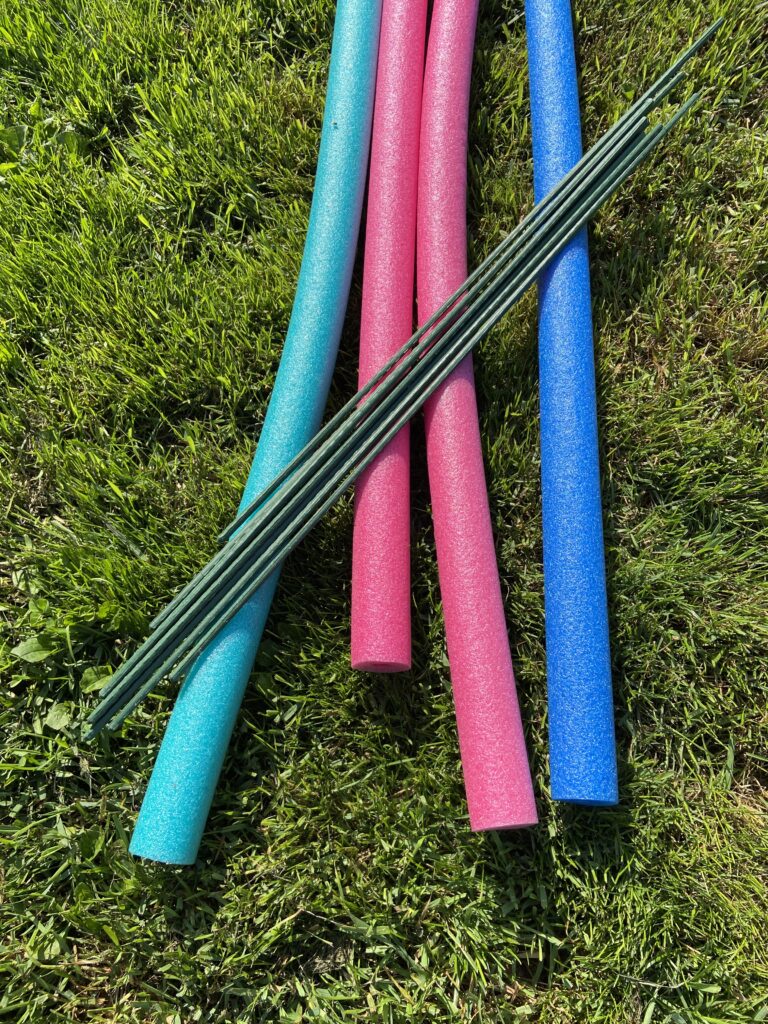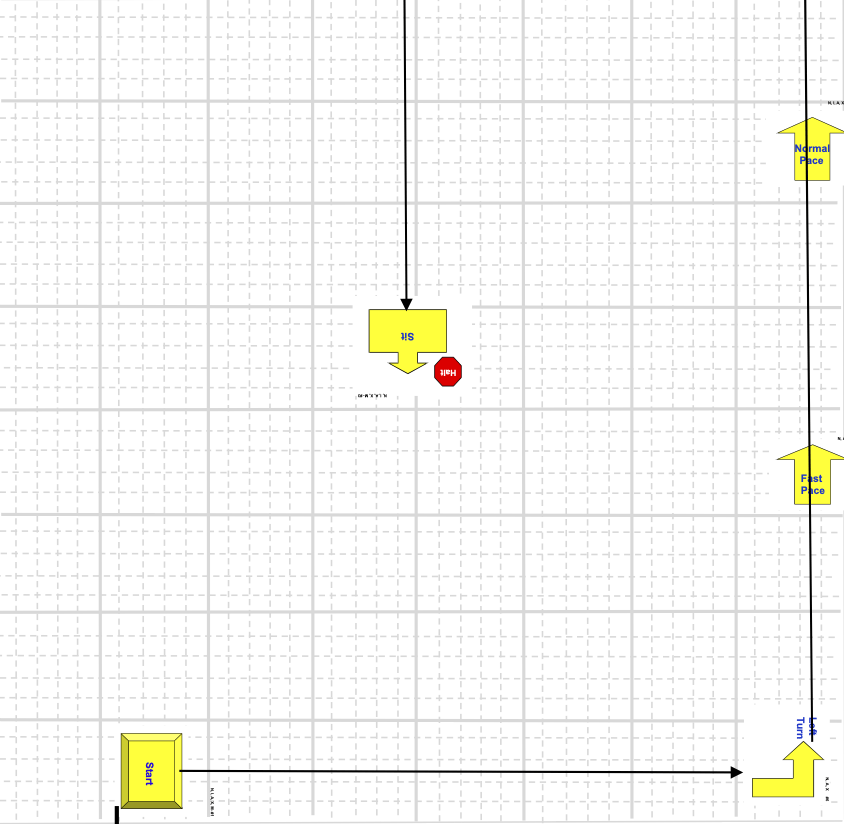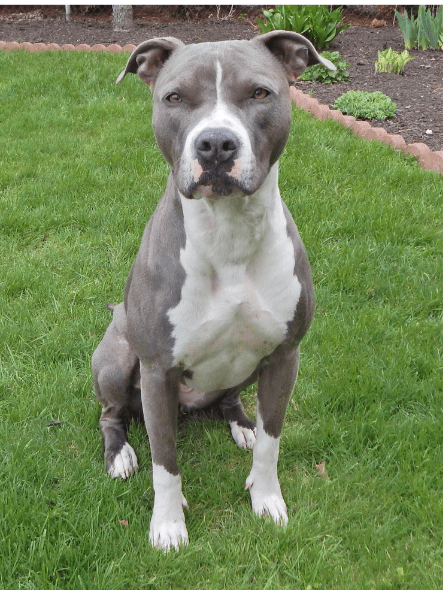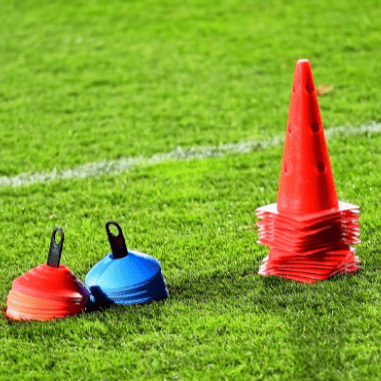Whether it is natural or not, when disaster strikes, it is important to have an emergency plan in place for you, your family and your pets.
Create your Emergency Plan
The first step for any good plan is to create that plan ahead of time and have the supplies you will need ready when you need them.
- Start by figuring out what you are planning for. Depending on where you live, you might see hurricanes, flooding, tornadoes or wildfires. You should also plan for a family emergency or house fire.
- Where will your family members meet – inside or outside the home? Who is in charge of bringing the pets, the emergency kits, etc.? Practice this – down to having your pet comfortable with a leash and collar and/or in a carrier so they can be loaded and transported quickly in an emergency.
- Make sure a family member, friend or neighbor has a key to your home and is familiar with your pet(s) so that they can care for or evacuate them if you are not able to do so. Be that person for them as well.
- When you evacuate, where will you need to go? Have a route mapped out. Keep a list of hotels, motels and gas stations along your route.
- Red Cross shelters generally cannot accept animals – as is the case with some hotels and motels. For this scenario, have contact information for nearby boarding facilities, dog daycares, veterinarians and animal shelters who may be able to house your pets.
- Veterinarian contact information for clinics along your evacuation route. Be sure that you have the afterhours numbers and a list of any emergency veterinarians.
- Plan ahead for the eventuality that you and your pets will be separated.
How to Prepare your Pets in Advance
- Make sure ALL vaccinations are up to date. Many facilities will ask for proof of vaccination before accepting animals.
- Crate training is important. Even if you don’t plan to ever crate your pet at home, a situation such as this may require that your pet be comfortable in a crate for long periods of time for travel and/or housing.
- Muzzle training is also a must for every dog. If your dog is injured, a muzzle may be necessary. You don’t want the first time your dog ever encounters a muzzle to be in this type of high stress situation.
- Practice car travel. Practicing loading and unloading your pets and supplies should be a part of your emergency plan. You don’t want anyone to panic or forget something important in the moment. Load all of your family members, pets, crates and supplies to be sure that you have the space and equipment necessary to make everything fit.
- Make sure that your pets’ are microchipped and your contact information is up to date.
- Each pet should have a well-fitting, securely-fastened collar with ID tags that display your contact information. Use secure tags that won’t catch on objects or be easily pulled off. You can even use a permanent marker to write this information right on the collar. A recent recommendation has been to write a contact phone number right on your pet’s belly with a permanent marker.


Scanning for microchip information.

Stay up to date by following local news and weather.
- NOAA or Emergency Weather Radio
- National Hurricane Center
- Wildfire layer in Google Maps
- Air Quaility monitor on weather app
- Red Cross Emergency App
- Pet First Aid and Poison Control apps
Impending Disaster
If you are notified of impending disaster or possible evacuations, make sure that everything you need for your emergency plan is in place.
- Make reservations at a hotel or motel along your evacuation route. Let them know that you will be traveling with pets.
- If you cannot find a place to stay that will accept your pets, contact a nearby boarding facility.
- Get your car ready to travel. Load what you can ahead of time.
- Put ID collars on your pets and keep them inside and close by so that you are not searching for them at the last moment.
- Bring your pets inside at the first warning of an impending disaster. Keep your dogs in crates or on leashes and cats in carriers if you are preparing a space or packing your car.
- Monitor air quality and adjust you and your pets’ activities accordingly – especially during wildfire season.
When you evacuate, take your pets
If it isn’t safe for you to stay put, then it isn’t safe for your pets. When you leave without them, there is no way to know how long you will be gone or if you will be allowed to go back for your pets. This is why it is so important to include your pets in your emergency plan. Do you have other animals – livestock, for instance? Be sure that they are also included in your emergency plan.
Don’t wait until the last moment to evacuate. If you wait too long, you may not find a place for you or your pets to stay. Remember, if you wait too long, you may not even be able to take your animals with you.
If you are having difficulty finding a pet-friendly hotel, check with the local emergency services to see if there are any pet-friendly cooling or heating centers. You don’t want to be stuck in your car for long on a hot summer day or on a cold winter night.
If you need evacuation assistance, contact your local Emergency Management Agency.

Emergency Kits
Make sure that you have an emergency kit prepared for each family member and each of your pets. These should be kept in sturdy containers, clearly labeled and kept in a location that will be easily accessible in an emergency.
The CDC has created a comprehensive list of items to include in emergency kits. Each pet should have their own emergency kit – in the event your pets are separated from one another. Here are some of the essentials that you should include in EACH of your pet’s emergency kits.
Pet first aid kit
- First aid manual
- Pre-purchased kit or create your own
- Basic supplies: nonstick tape; self-adhesive bandage wrap; gauze; non-stick gauze pads; , pet shampoo; tweezers; antibiotic ointment; styptic powder; activated charcoal
- The Red Cross has a comprehensive and downloadable list of first aid supplies for pets
Pet Records – ALL stored in a waterproof container
- Photocopies of veterinary records
- Your veterinarian’s contact information
- Rabies certificate
- Vaccination records (names and date of administration)
- Medical summary
- Prescription and vet contact information for all medications
- Most recent heartworm test result
- Most recent FeLV/FIV test result (for cats)
- Photocopies to show proof of ownership – purchase agreement, adoption records, etc
- Pet description (breed, gender, weight, color, unique markings or scars, etc.)
- Good quality, recent photograph(s) that show the animal’s entire body
- Microchip information – chip number; name and contact for microchip company
- Detailed information on any behavior issues
- Boarding information
- Your contact information along with contact information for any family, friends or relatives who will be able to get in touch with youPet Boarding instructions
Food, Water and Medications
- Food – 2- to 4-week supply stored in waterproof containers
- Water – 2-week supply
- The standard for humans is one gallon per day. Depending on the size of your pet, they may require less.
- Keep an extra gallon for rinsing in the event that your pet is exposed to chemicals or flood waters.
- Food and water dishes – non-breakable; collapsible or spill-proof work well
- Manual can opener and spoon (for canned foods)
- Detailed feeding instructions
- Medications – 2- to 4-week supply of all – even those for occasional use
- Detailed instructions for all medications (when, how much, how to administer)
- Flea, tick and heartworm preventatives – 4-week supply
Other Supplies
- Harness and collar with ID; 2 leashes
- Crate or pet carrier
- Comfort item
- Bedding, blanket or towel
- Litter, litterbox and scoop and/or pet waste bags
- Cleaning supplies
- Potty pads
- Muzzle
- Toys or chews

Sheltering in Place
If the recommendation is for everyone to stay at home and shelter in place, you will still need your emergency plan, kit and supplies to do this safely.
- Locate a safe space where everyone can stay together. This includes:
- Human and pet emergency kits and supplies
- Crates or pet carriers; litter box; potty pads; “portapotty” for dogs
- Close off any openings with strong plastic sheeting and tape – fireplace, vets, pet doors, etc.. This will keep out the storm and prevent scared pets from escaping.
- Close off any hiding places where you would have difficulty locating your pets if you need to get to them quickly.
- Remove any dangerous or toxic items, plants, or foods from the safe space.
- Bring your pets inside at the first warning of an impending disaster. Keep your dogs in crates or on leashes and cats in carriers if you are preparing a space.
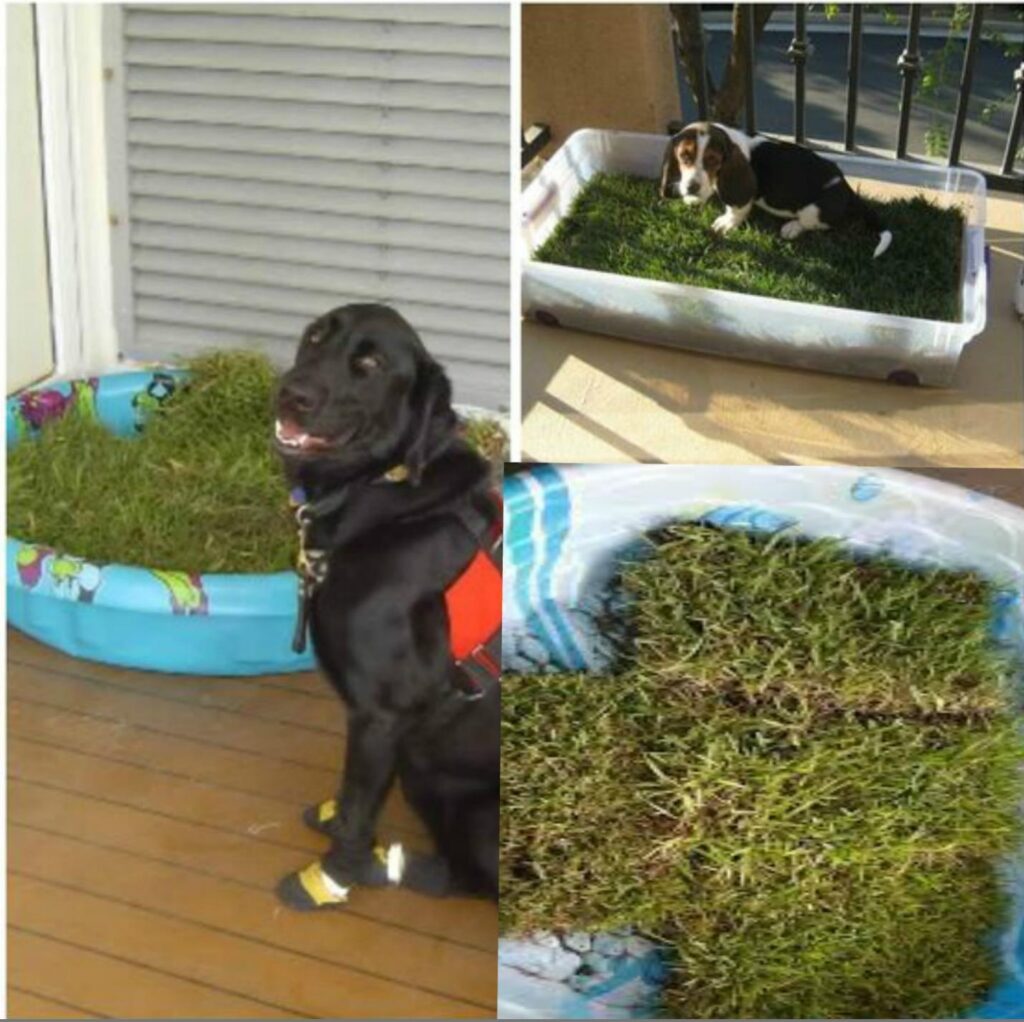
Emergency has Passed
If, or when, you return to your home, continue to follow safety precautions for you and your pets. Include this in your emergency plan.
- Water may not be safe to drink and food may have spoiled or been contaminated.
- Homes, garages and outbuildings may not be stable or stray/wild animals may have taken refuge inside.
- Keep pets on leashes or in crates.
- The area may not feel, look or smell familiar after a storm or fire
- Windows, doors, fences and gates may be damaged
- There may be sharp or toxic debris (e.g., glass, nails, spilled chemicals, etc.)
- The disaster itself or the process of evacuation may have taken a toll on your pet – causing high stress levels. See your veterinarian if you are seeing new behaviors.

Resources to check for more information
American Red Cross Pet Disaster Preparedness
Humane Society of the United States Disaster Preparedness

Kerrie Hoar, M.S., CDBC, CCPDT-KA, ADT, FFCP
Kerrie Hoar has a master’s degree in Biology and is a certified dog behavior consultant and certified professional dog trainer. She owns Crimson Hound LLC dog training in La Crosse, Wisconsin
